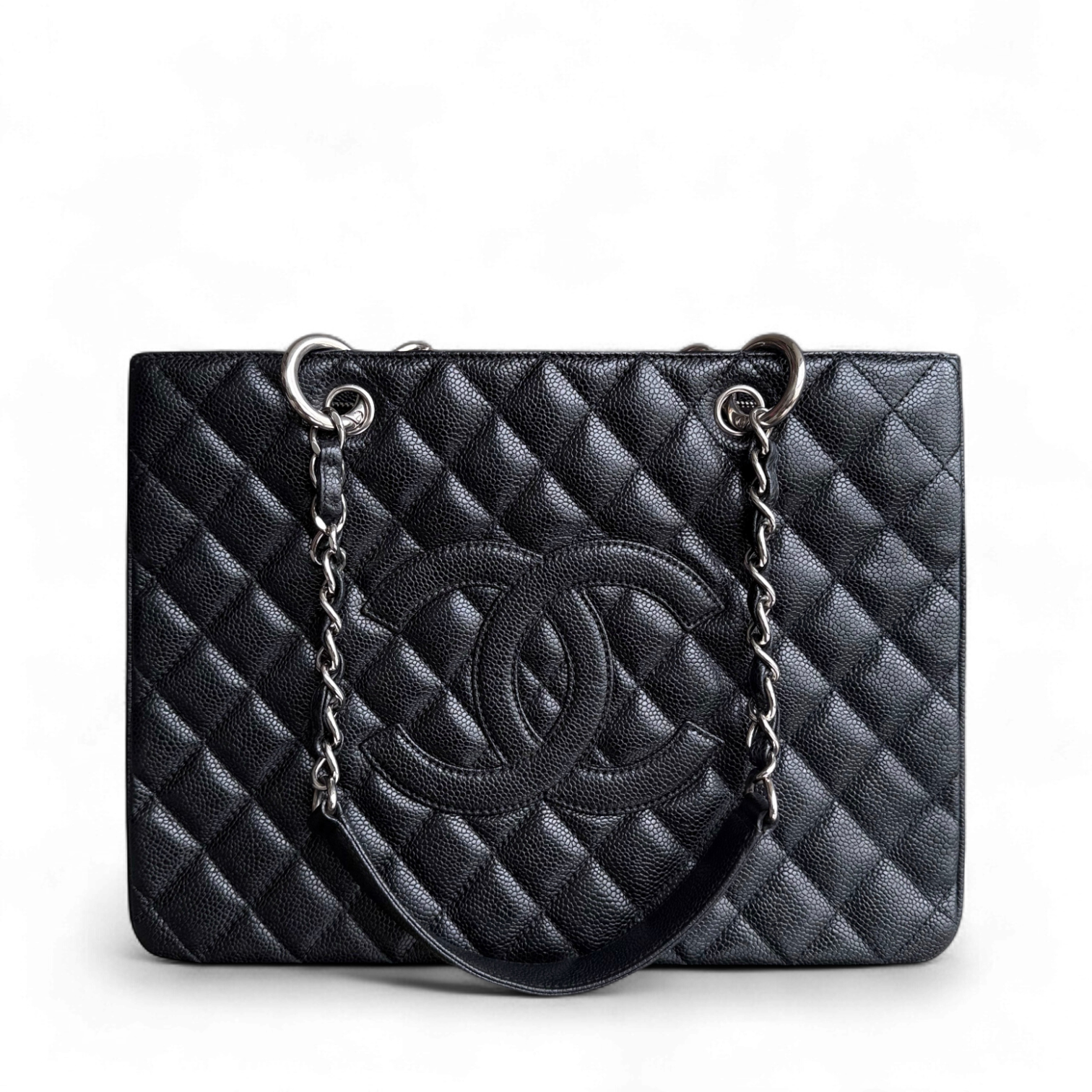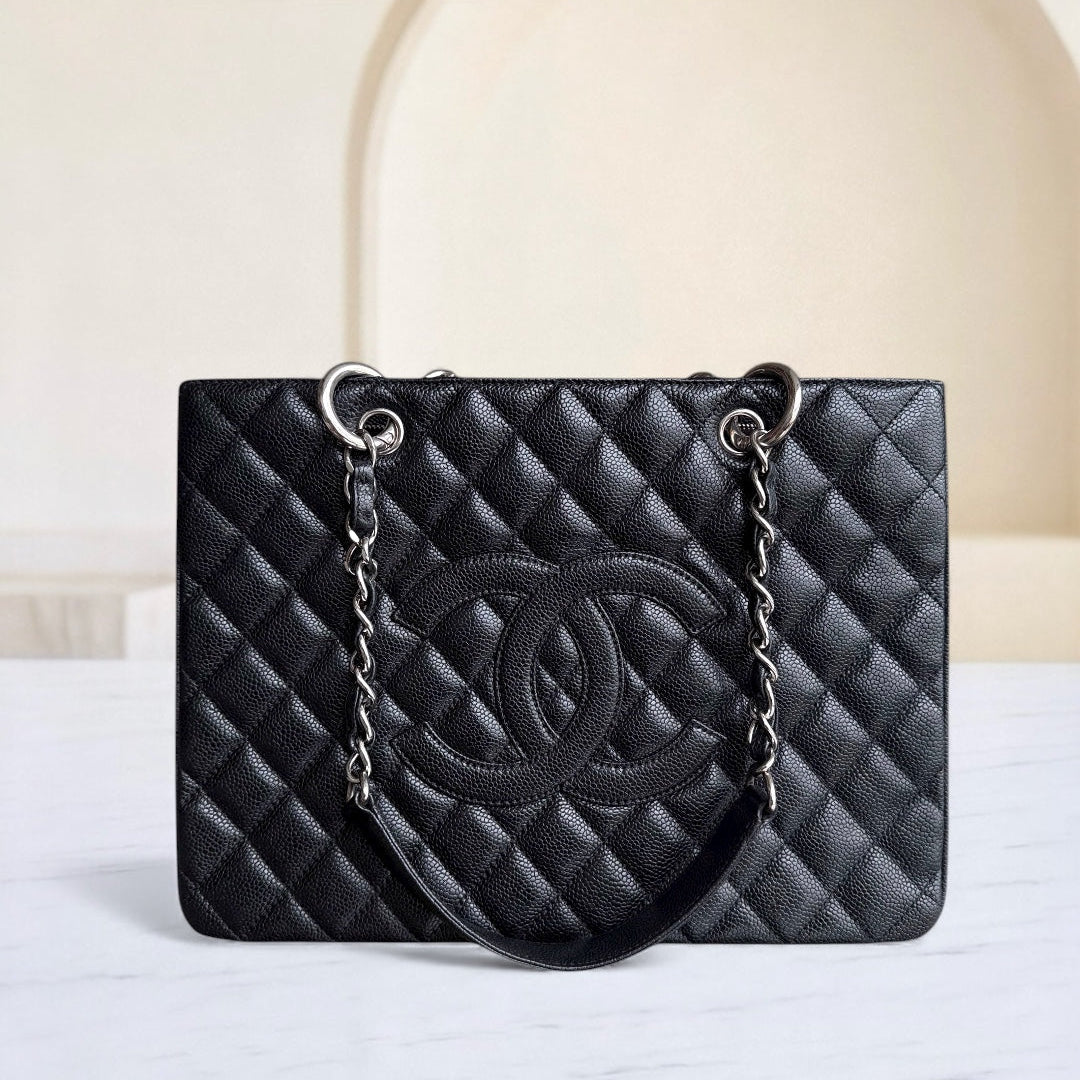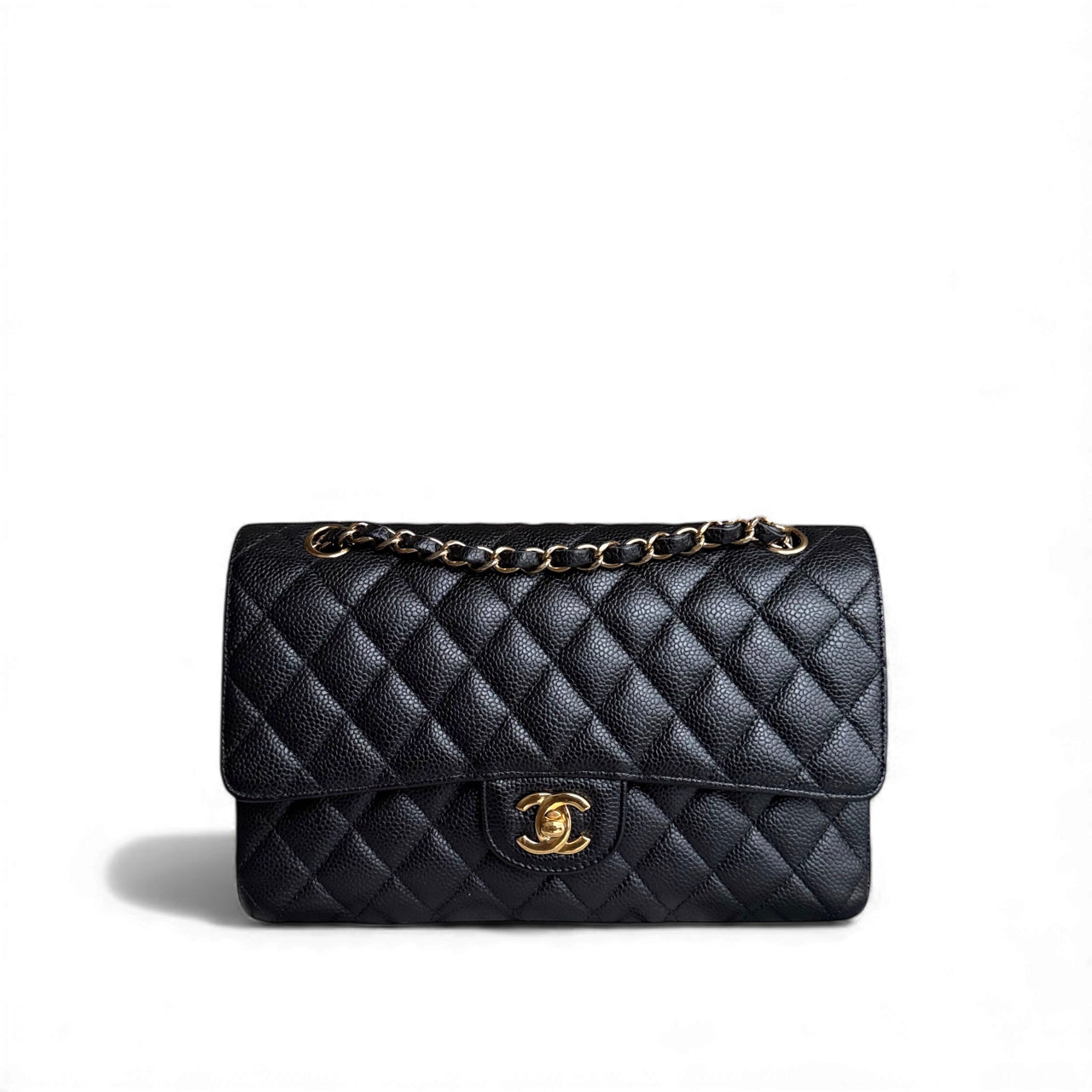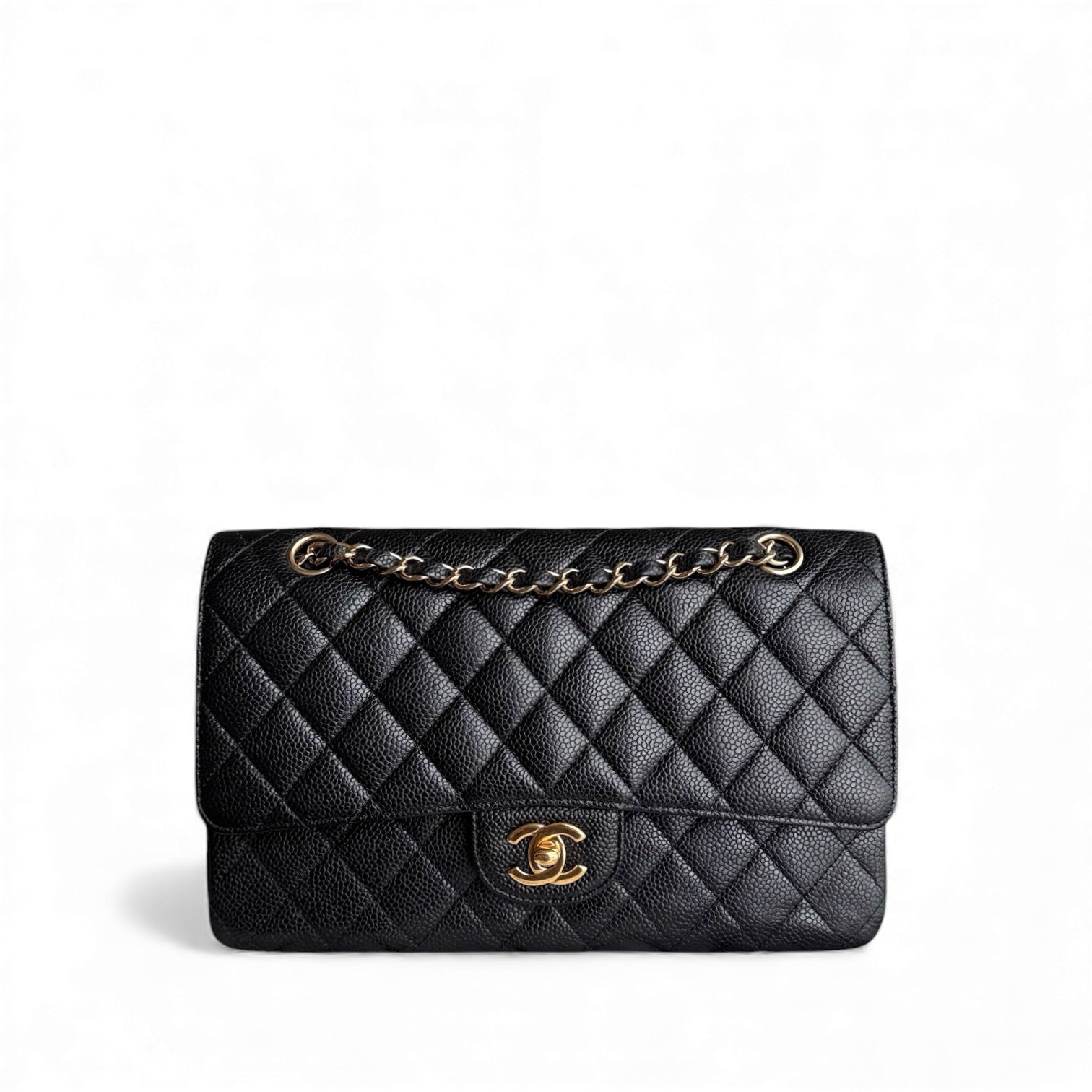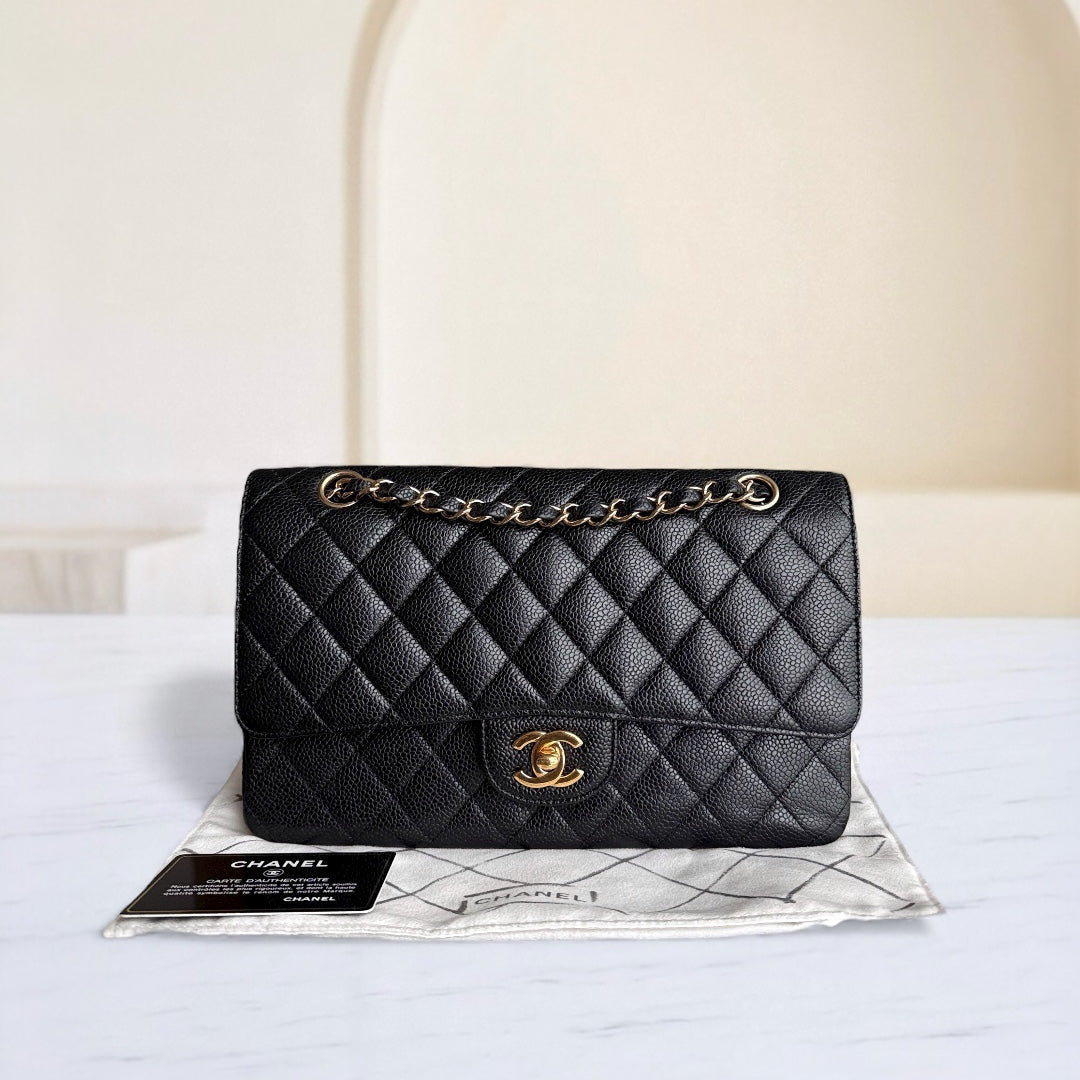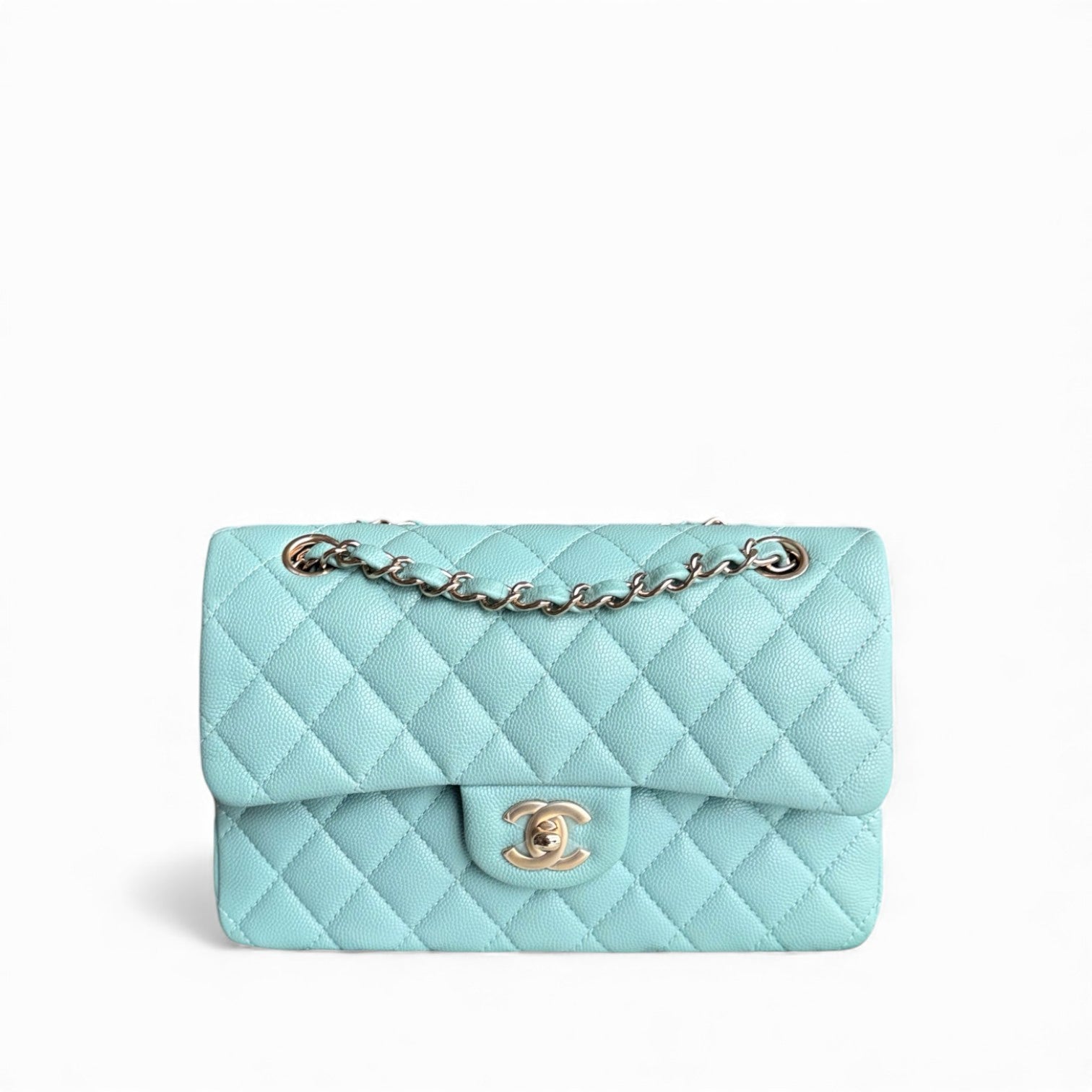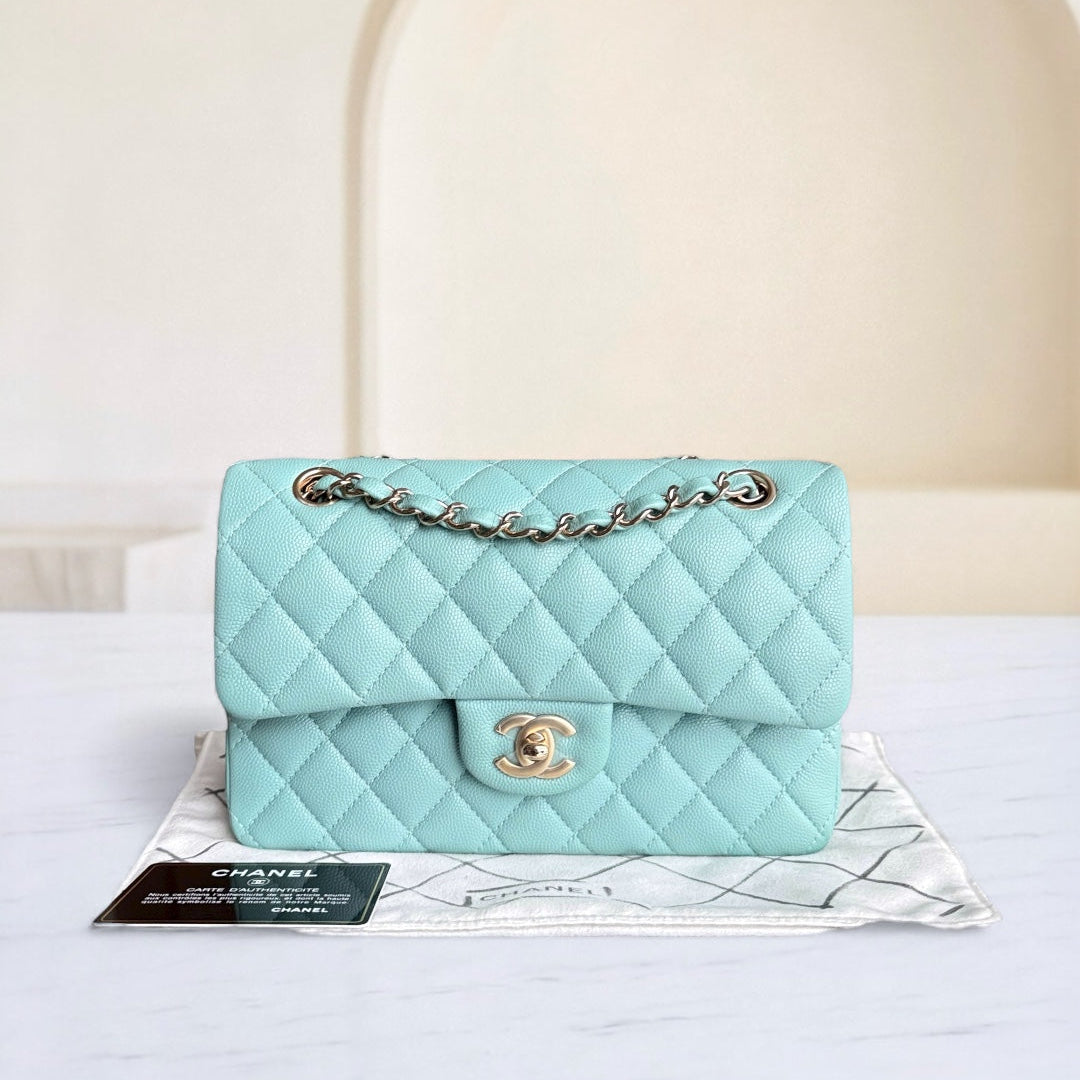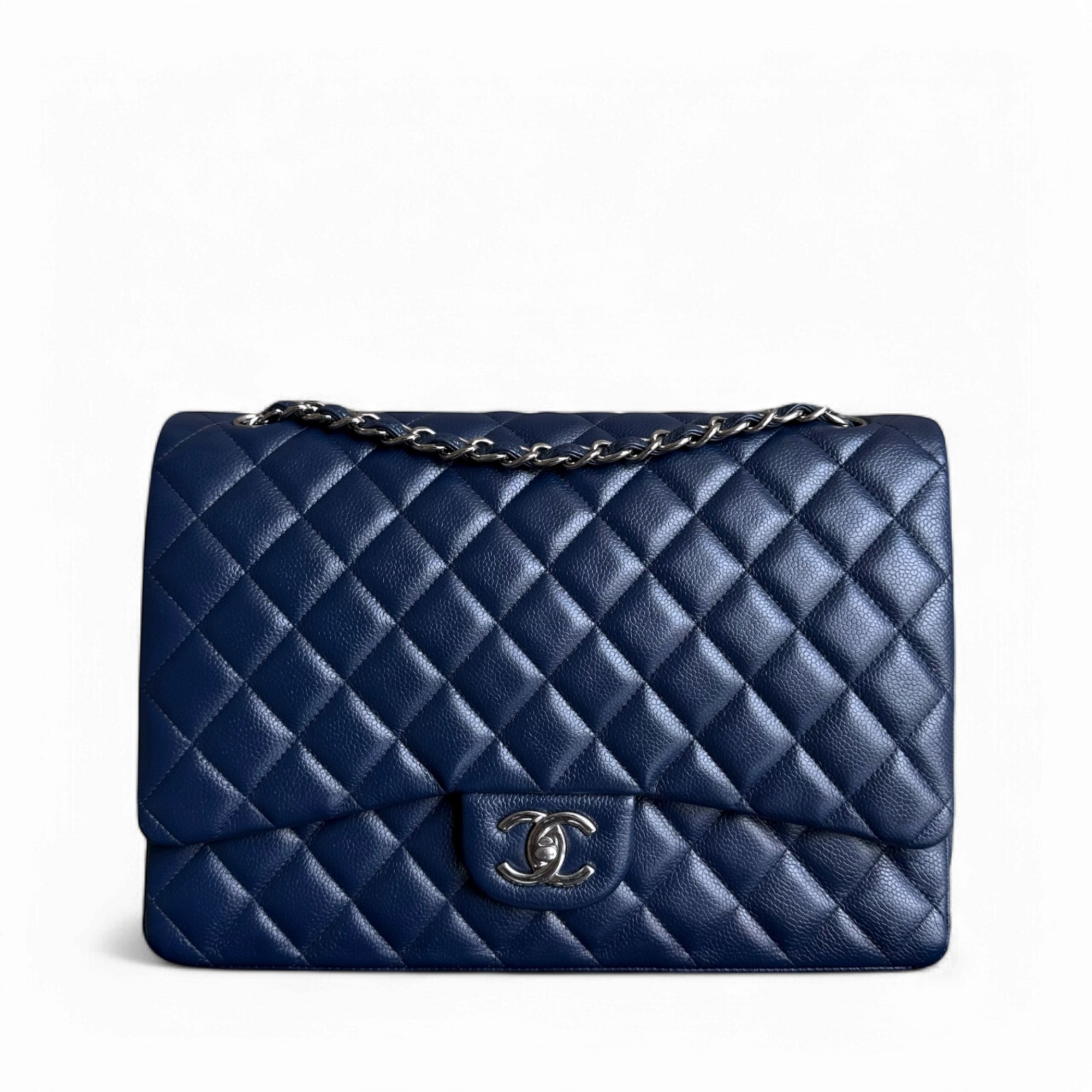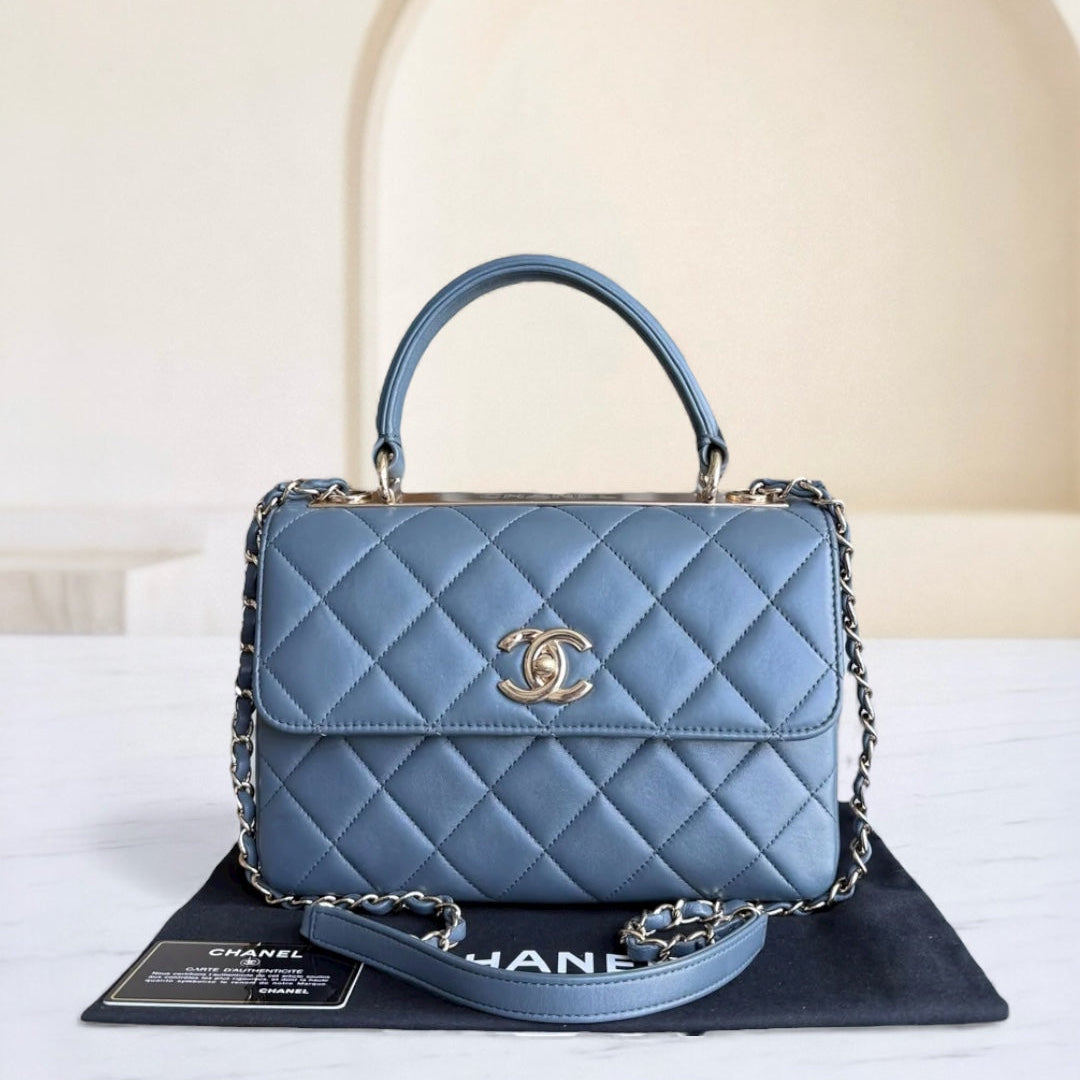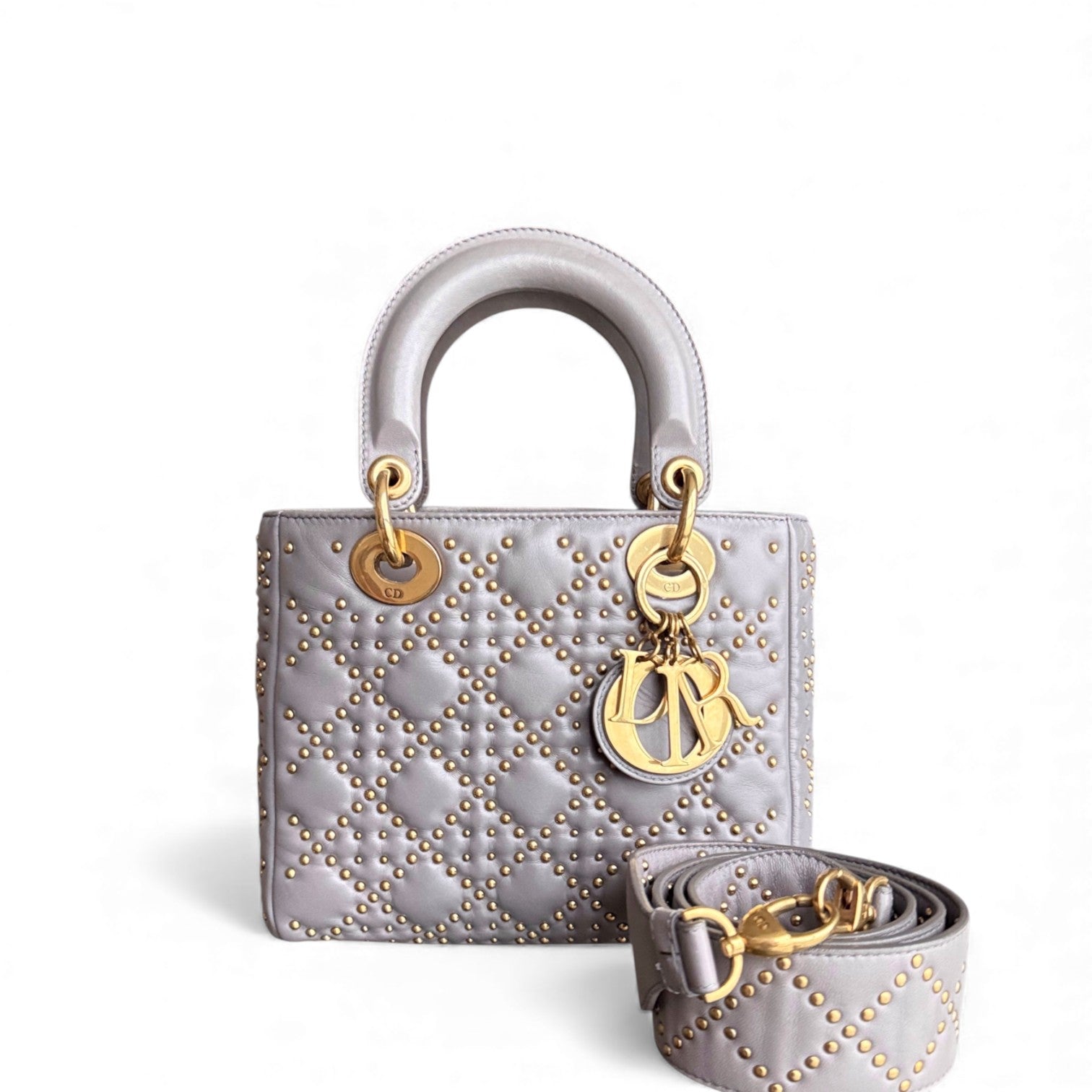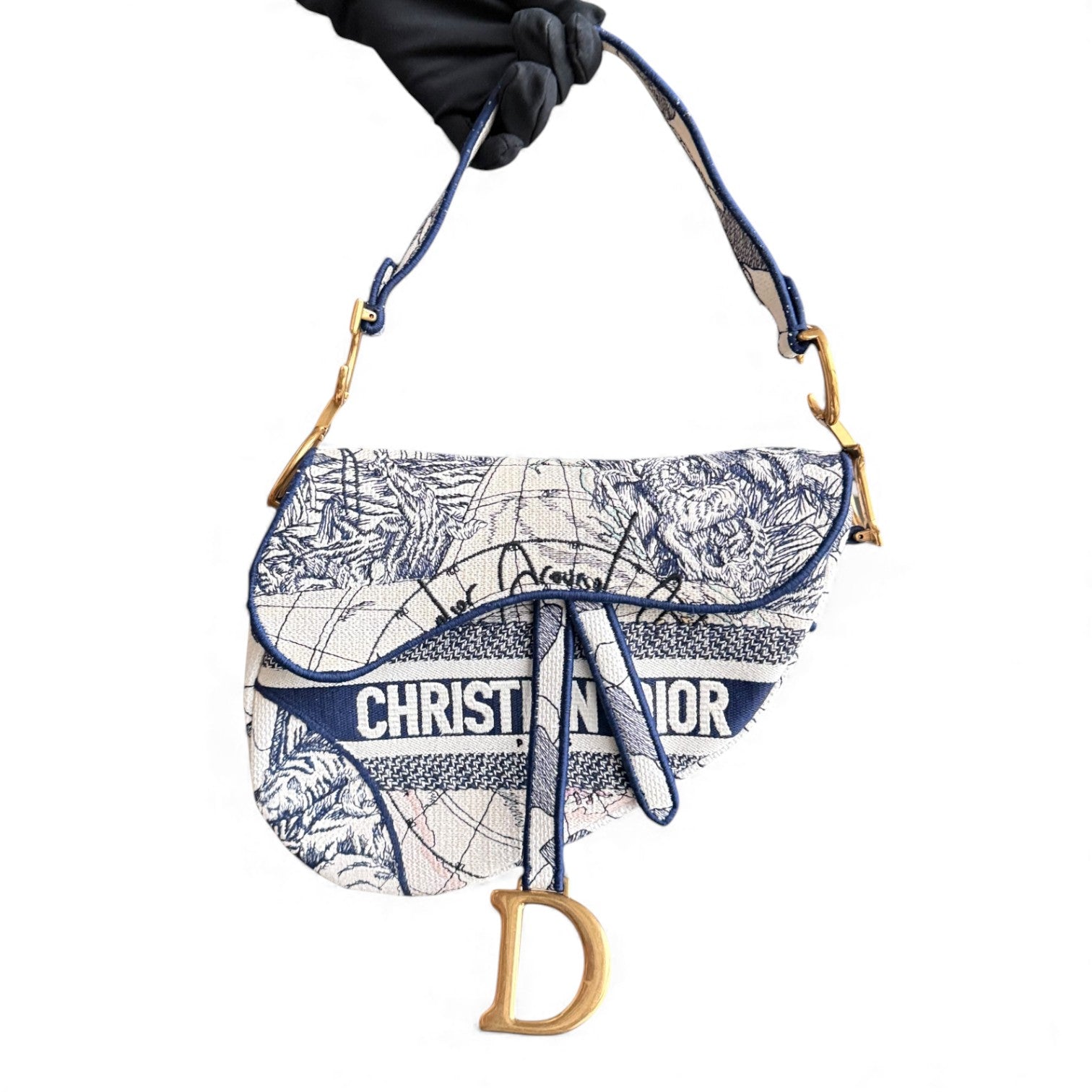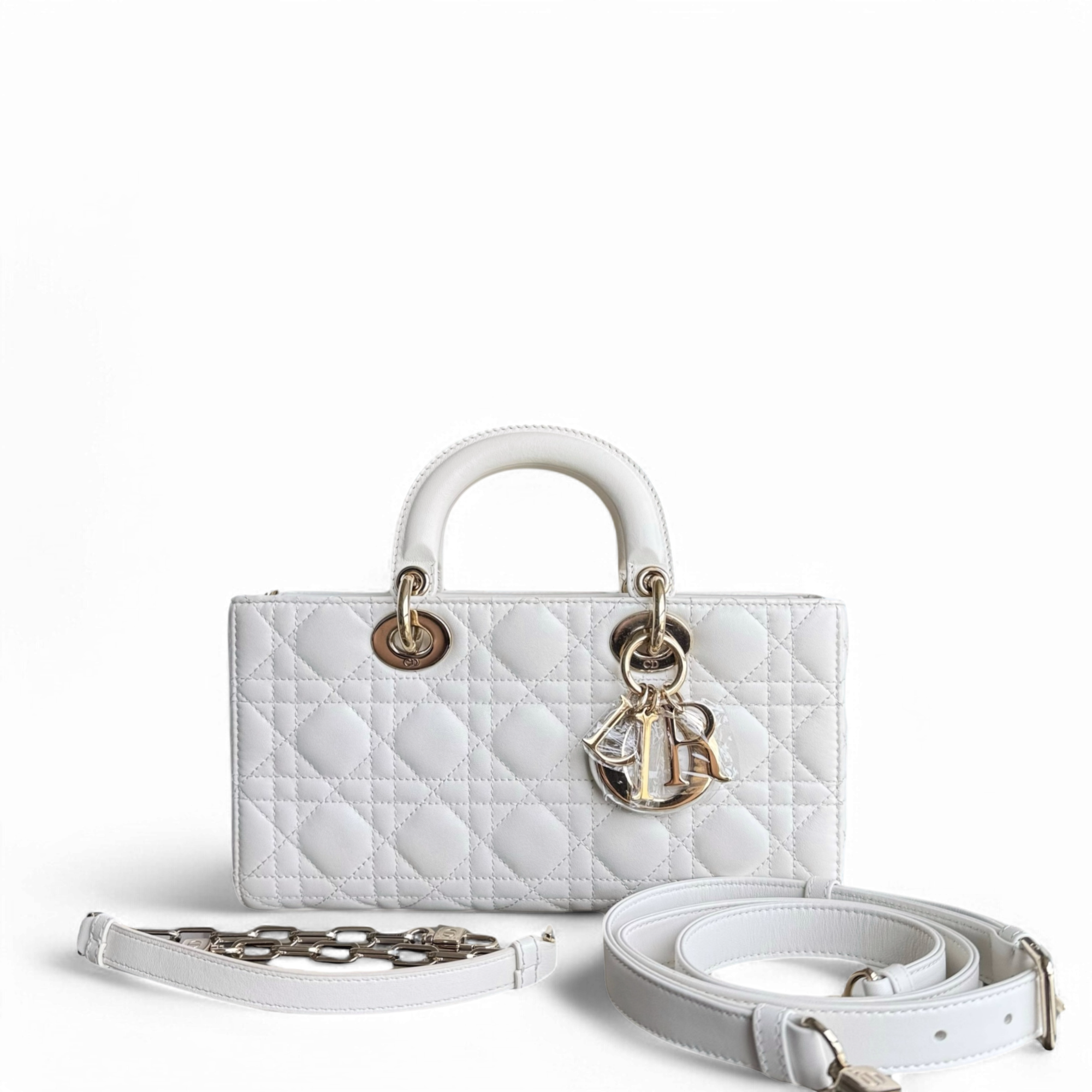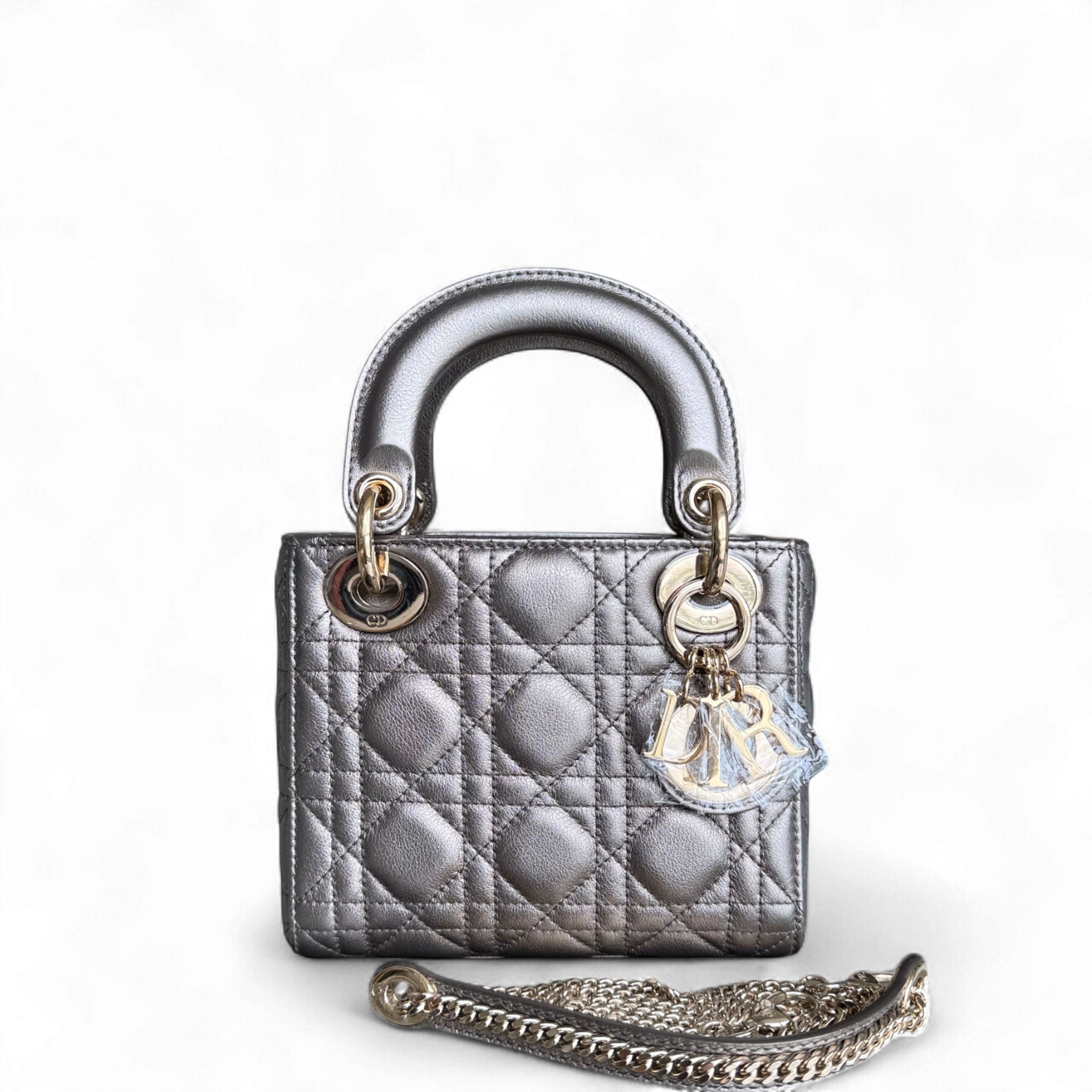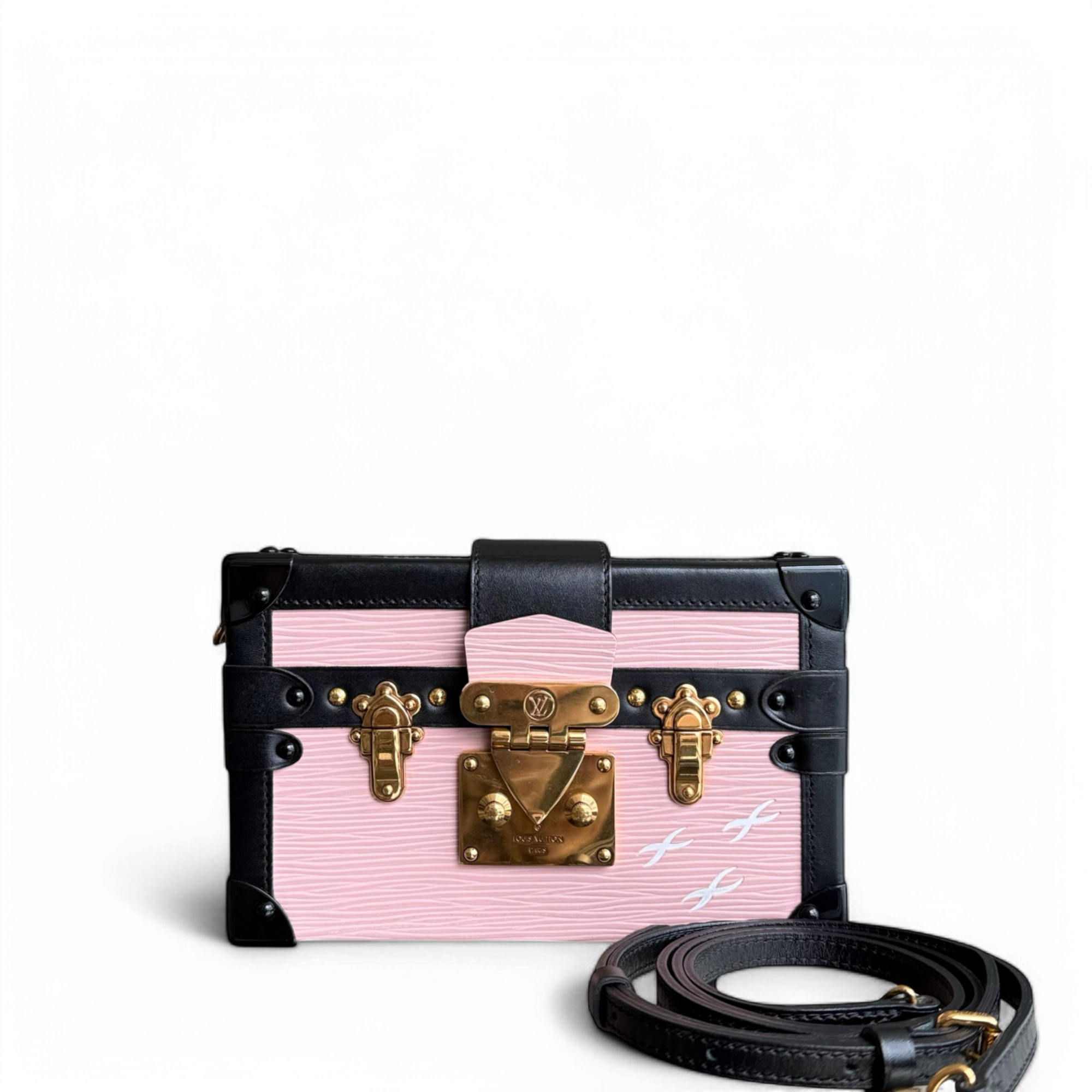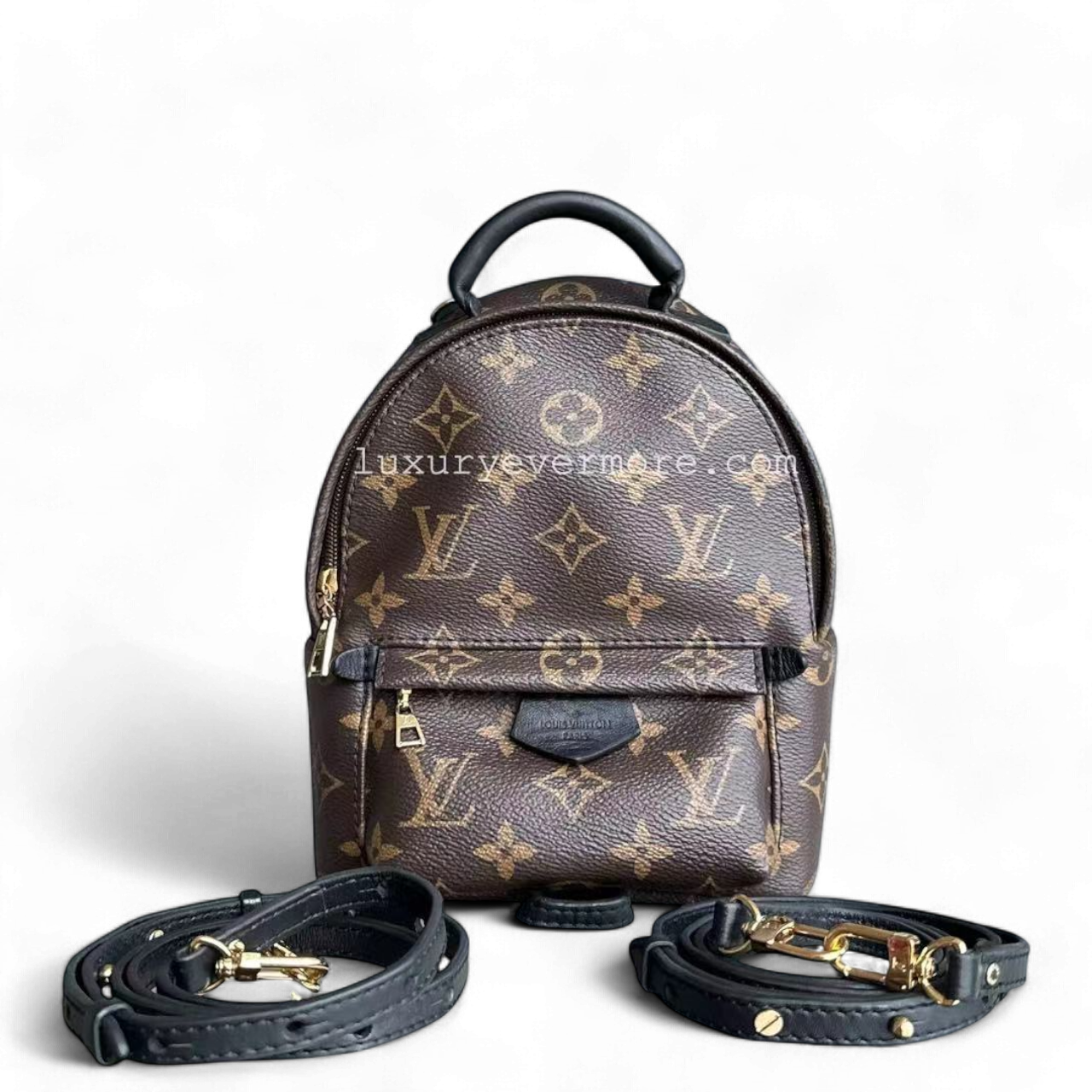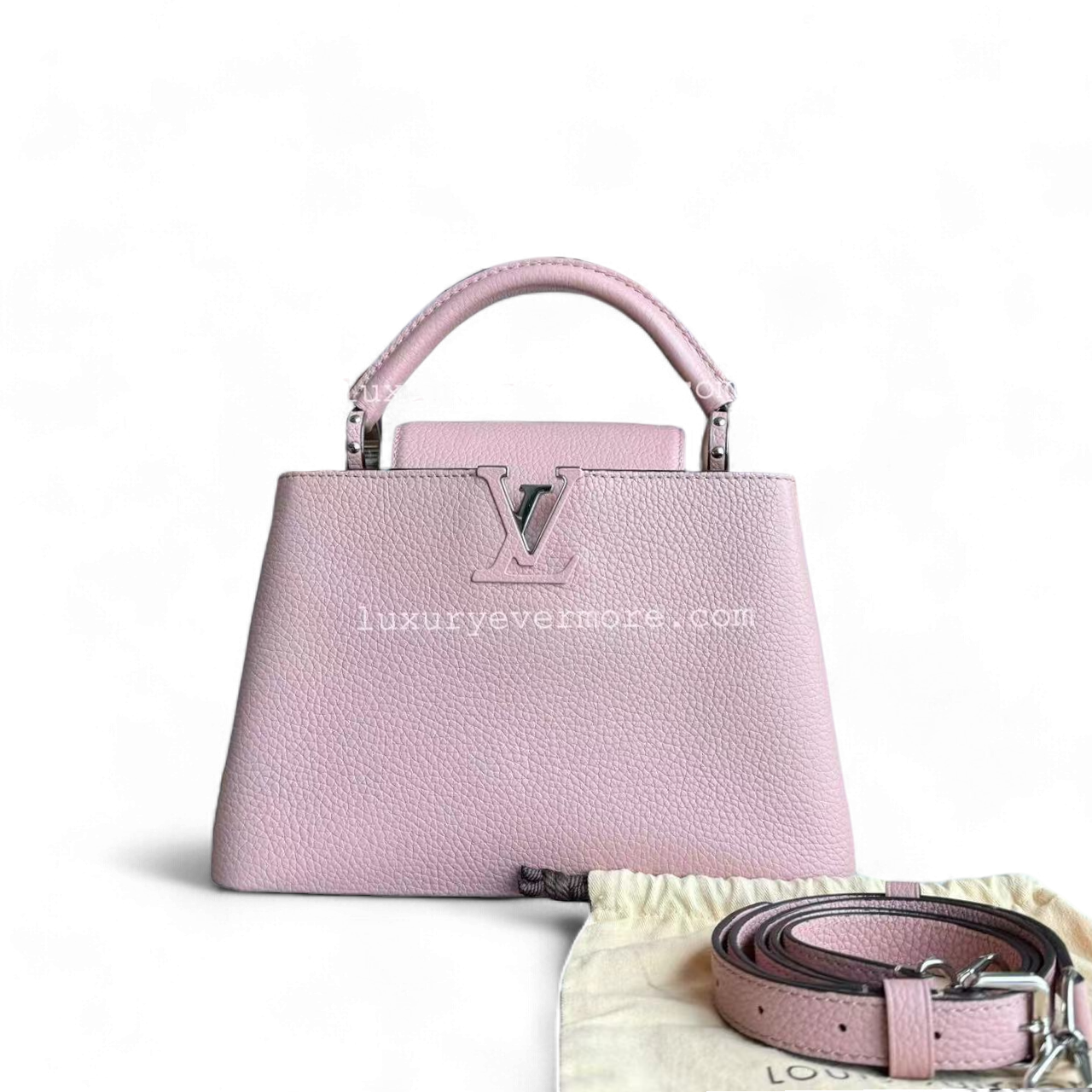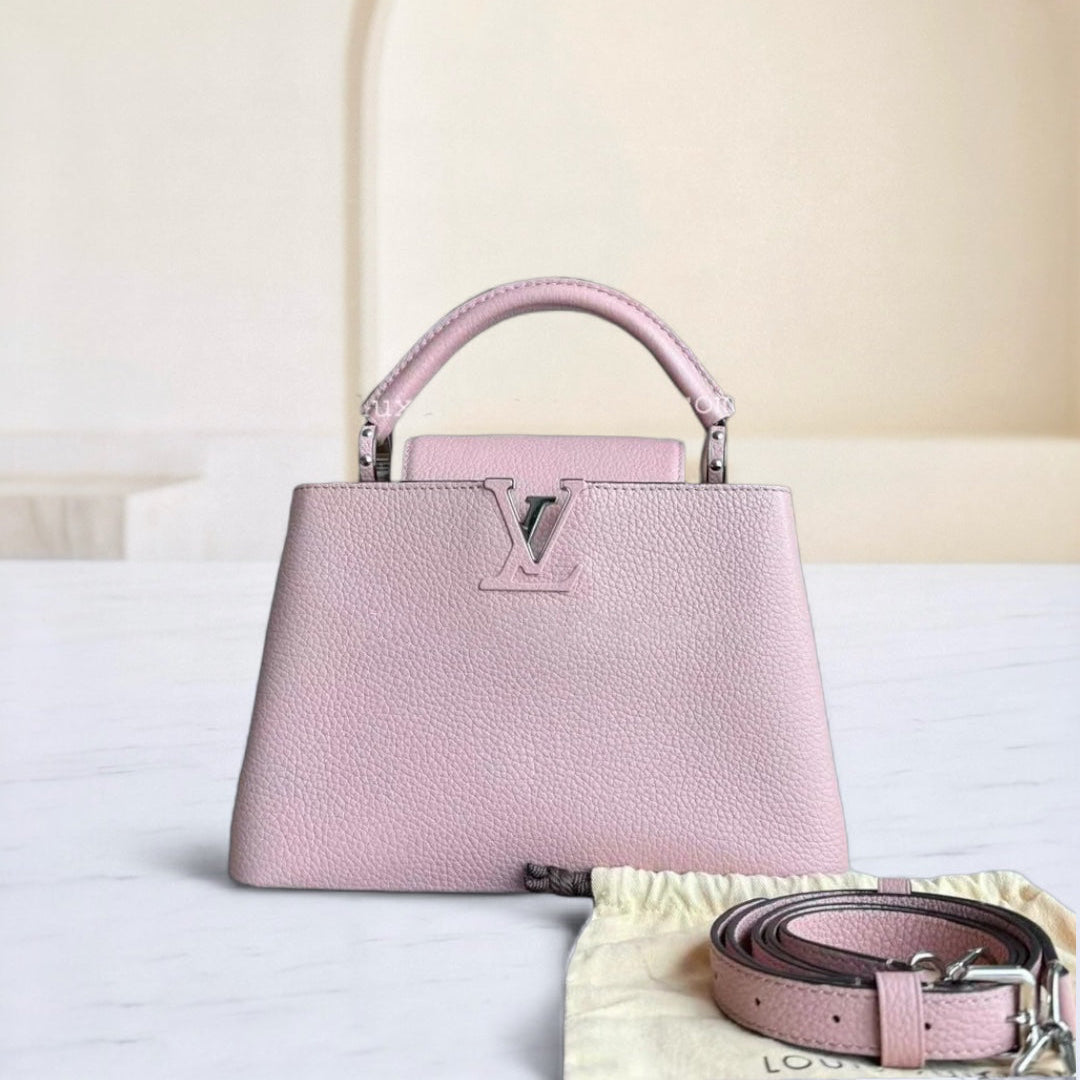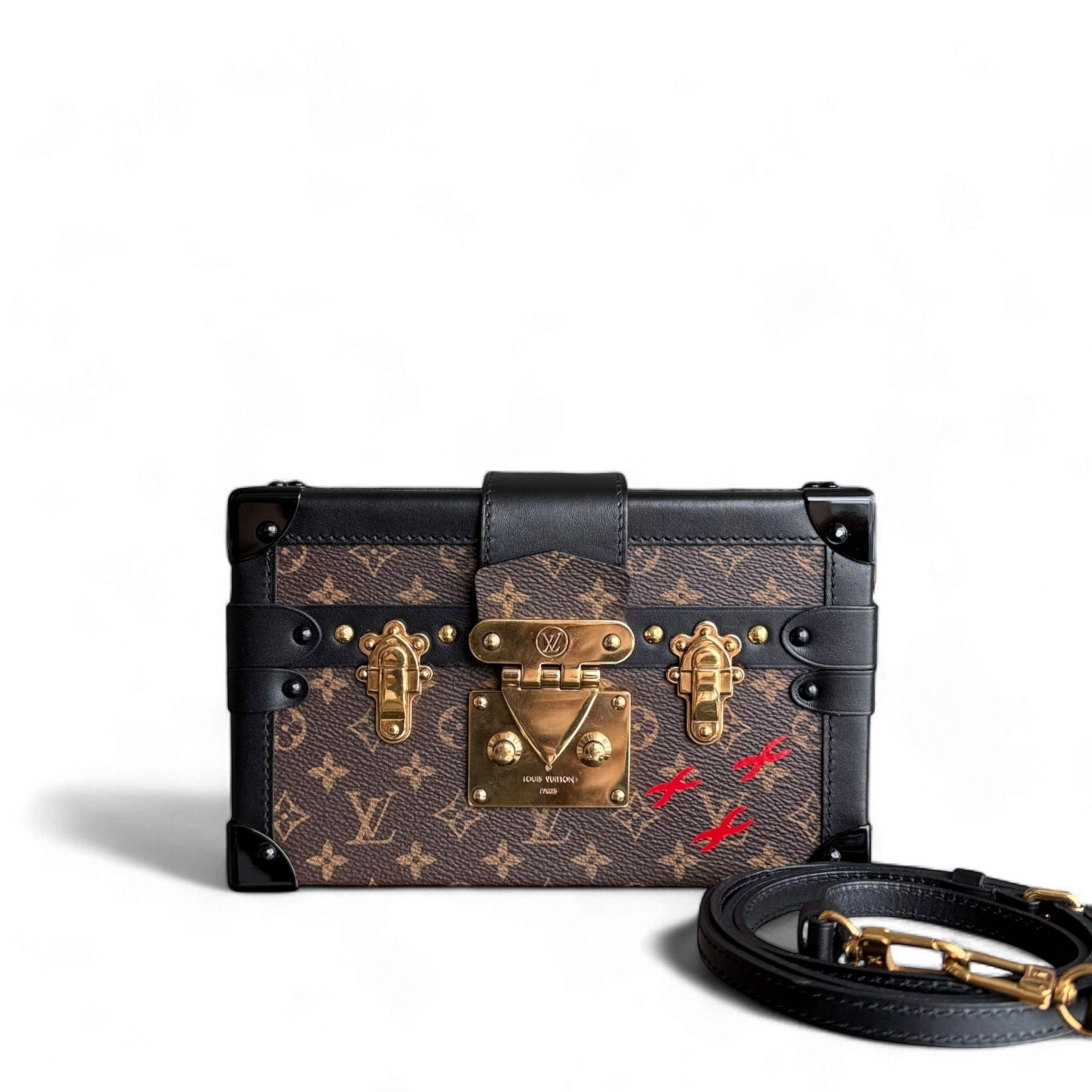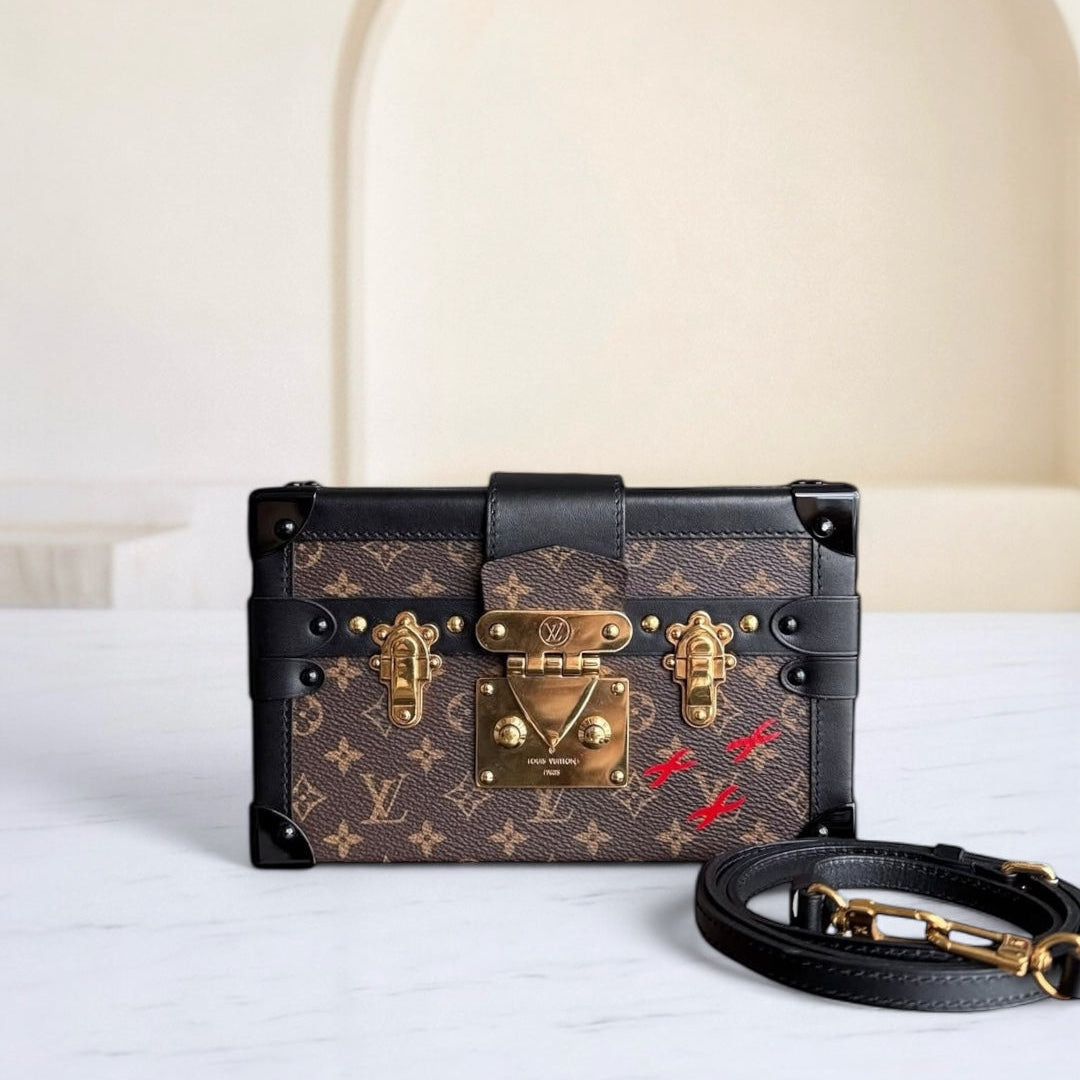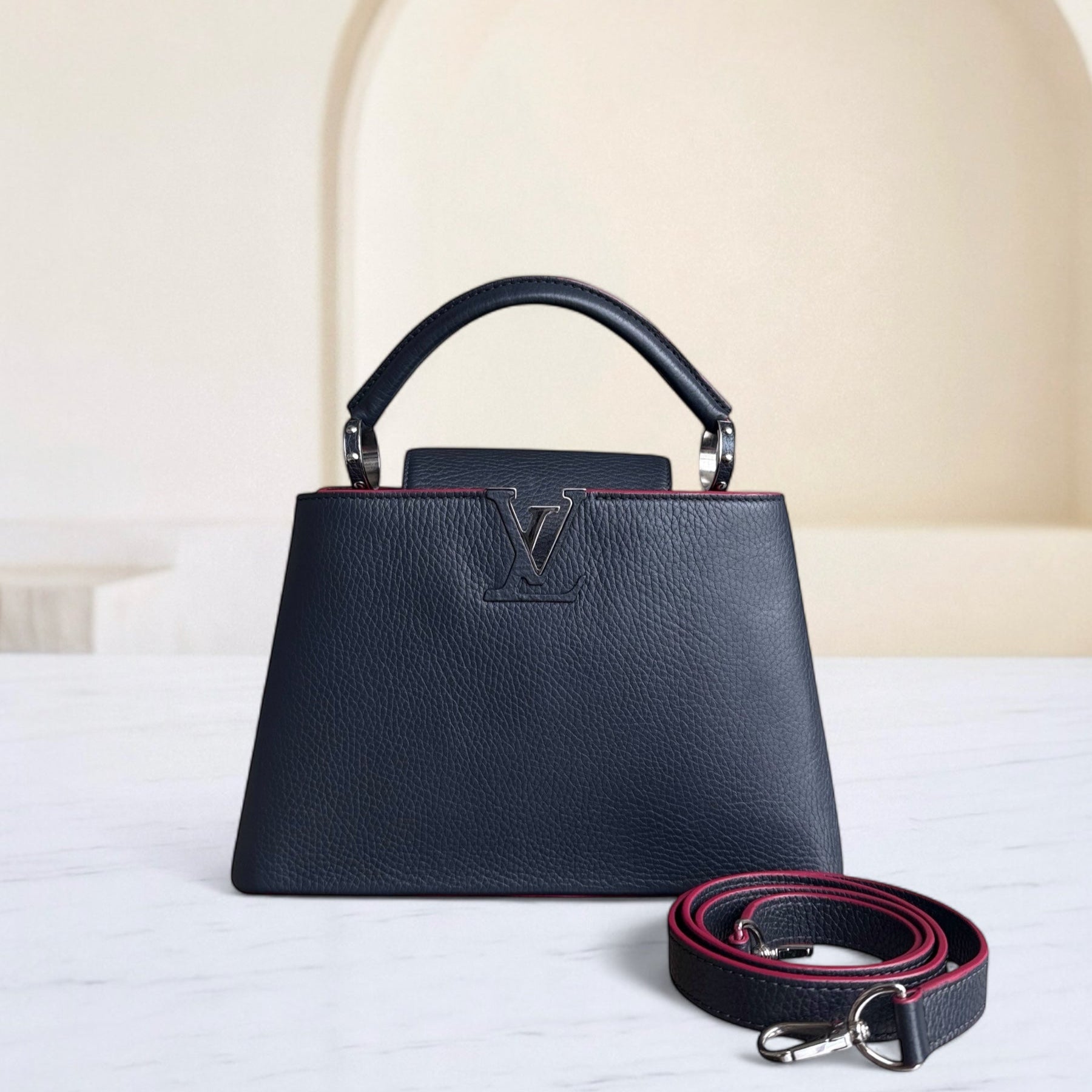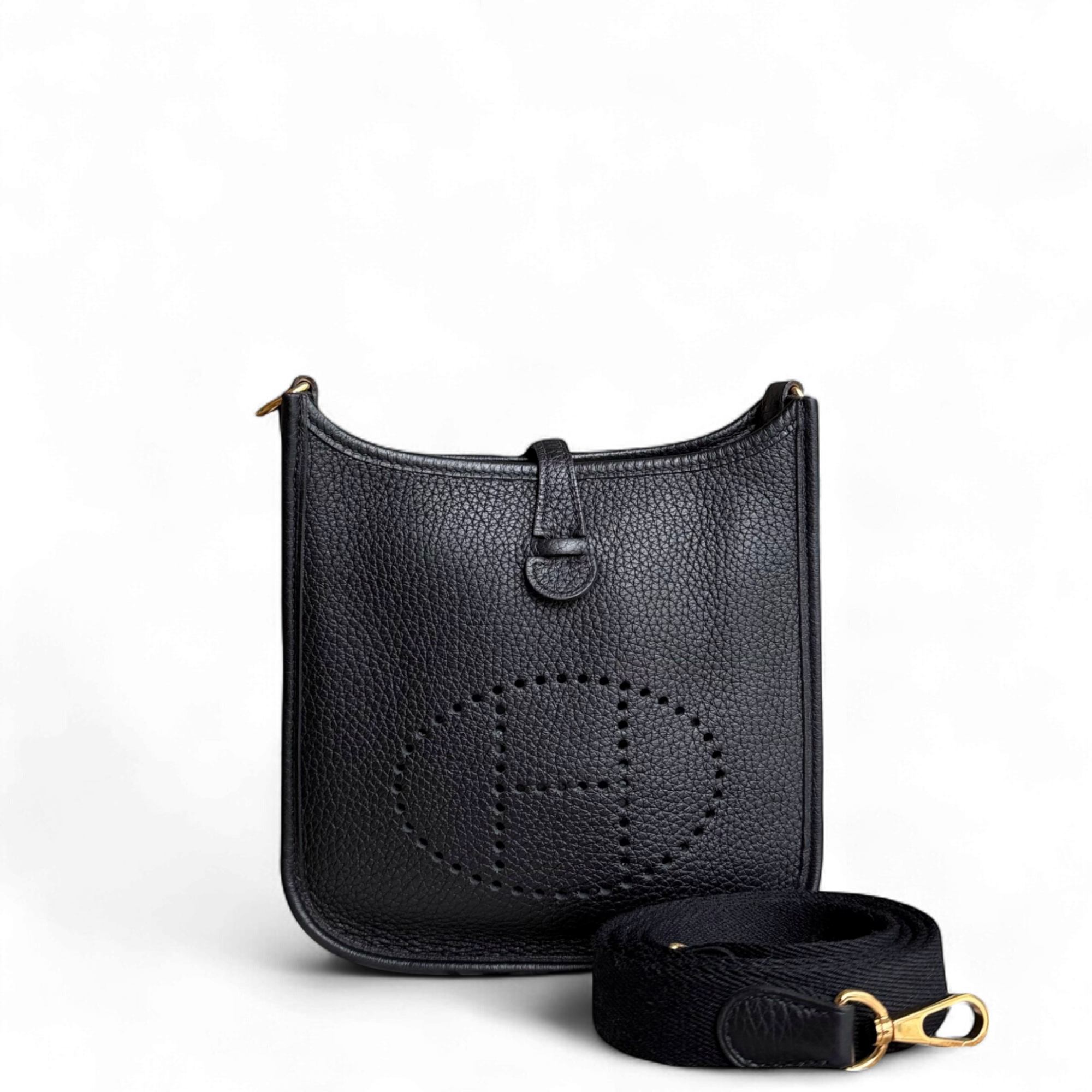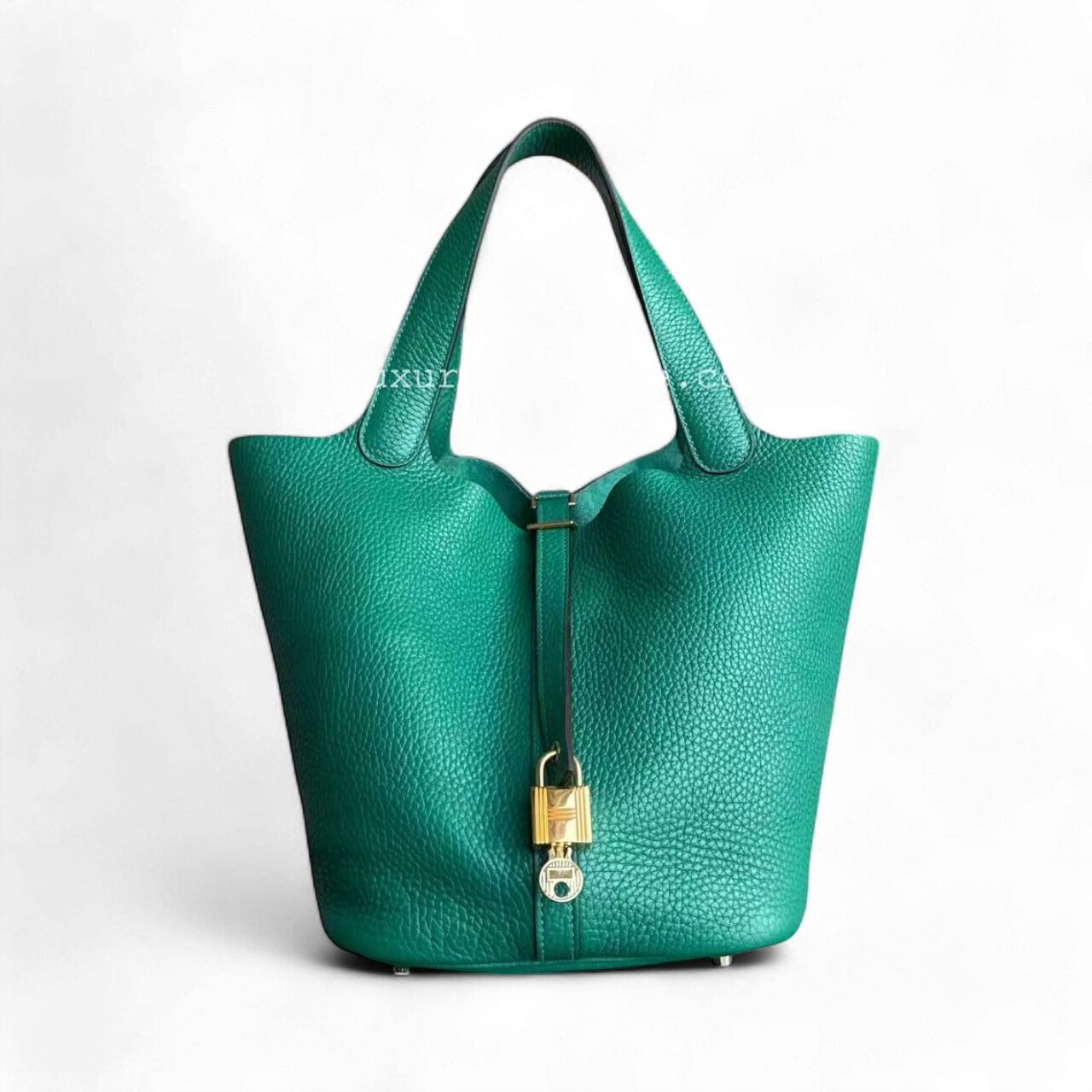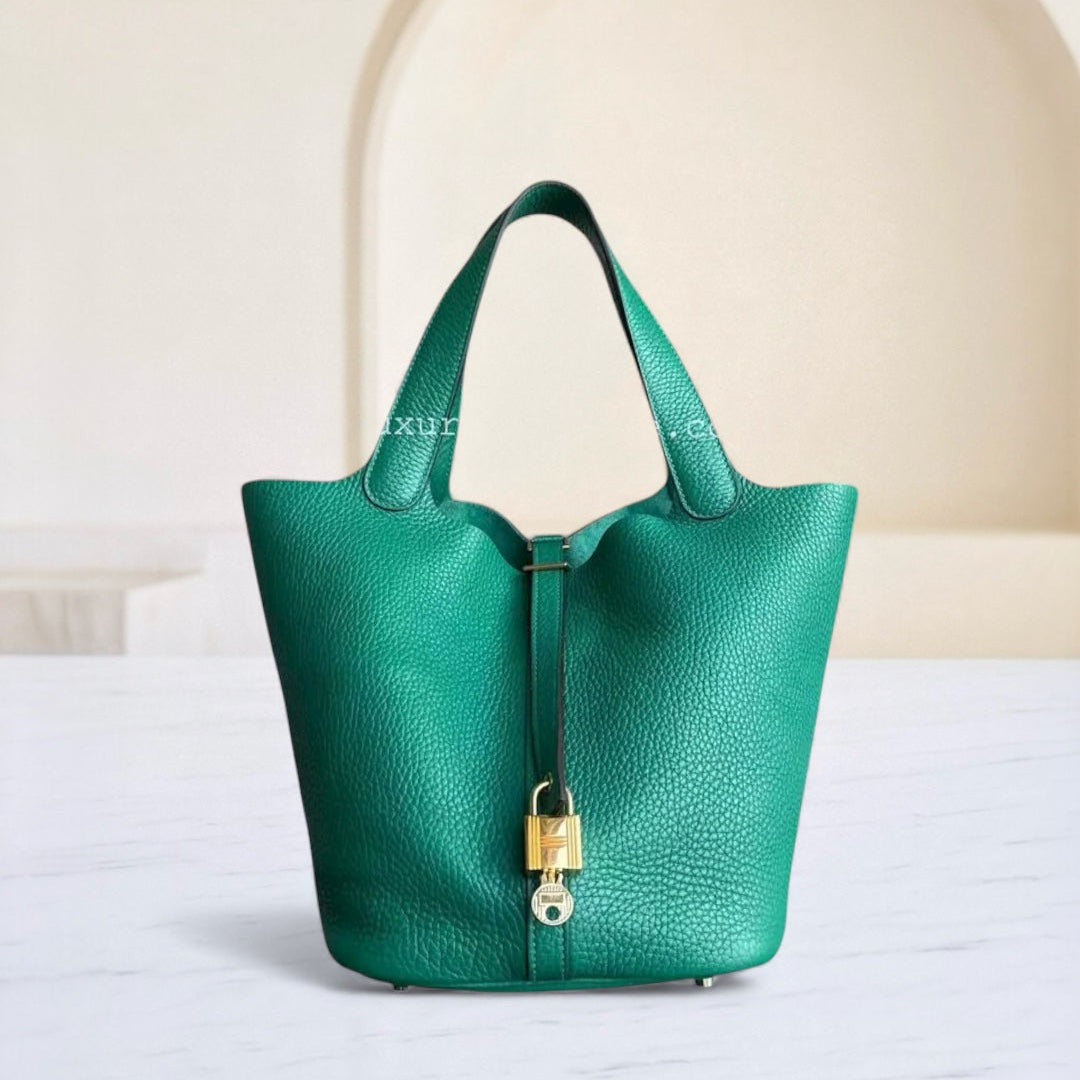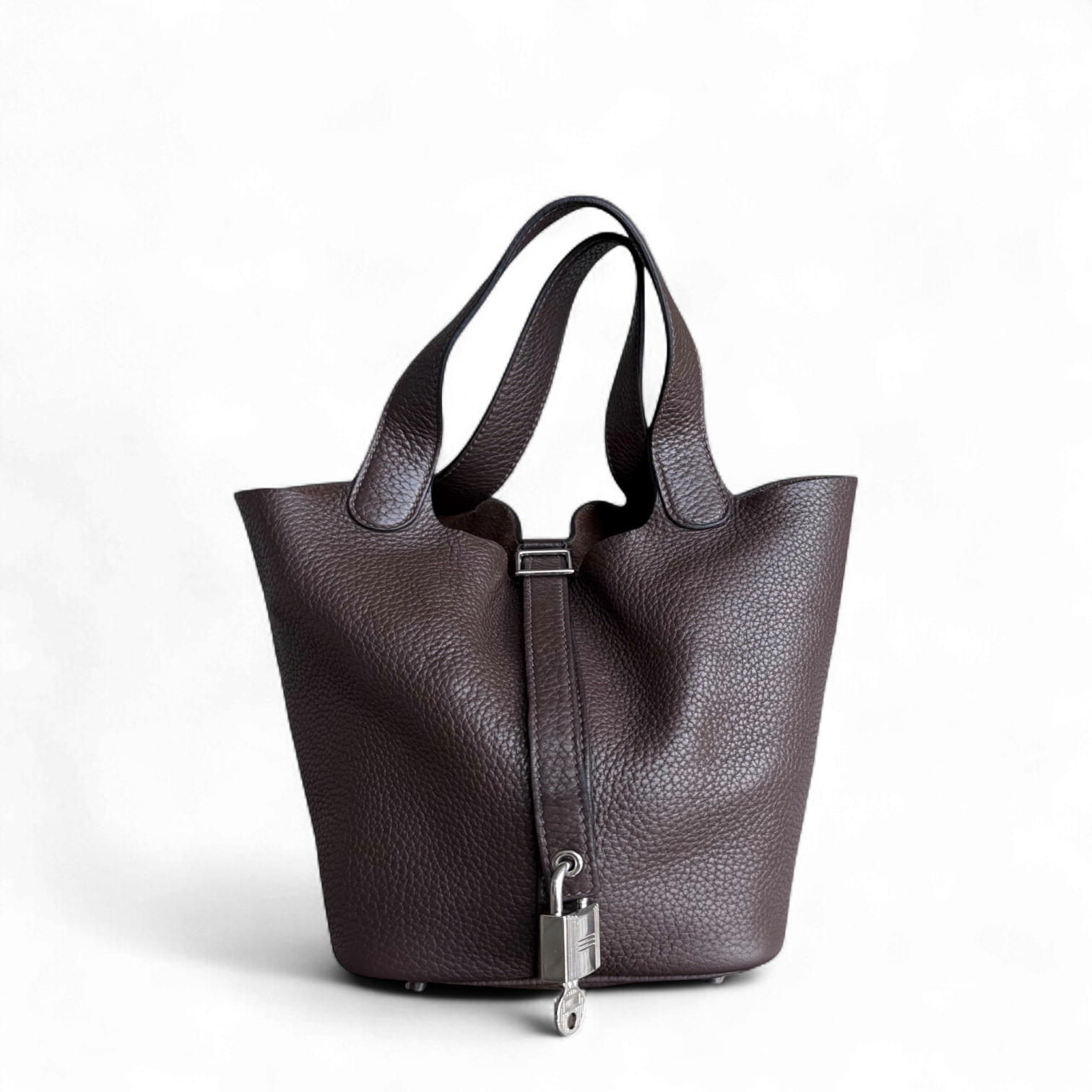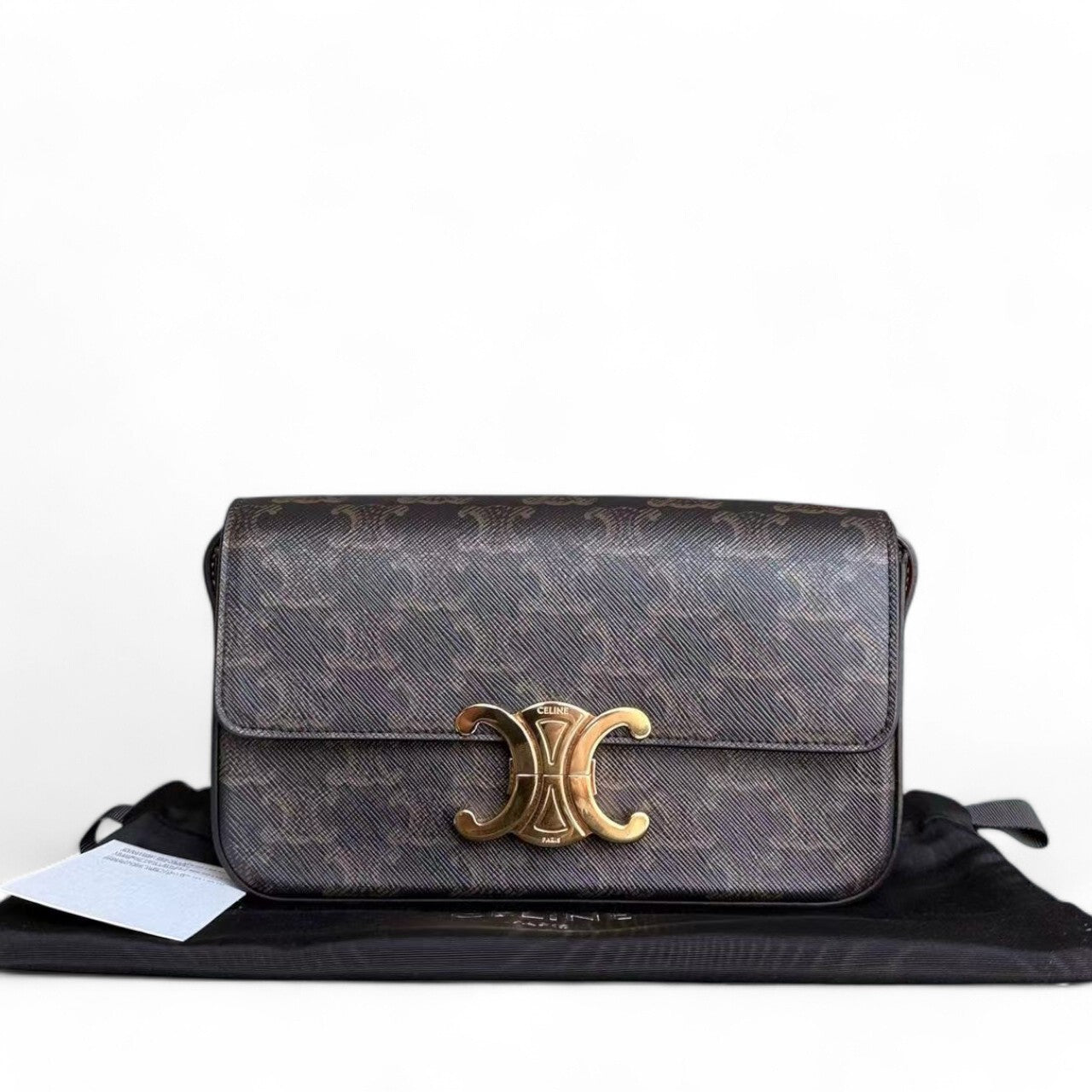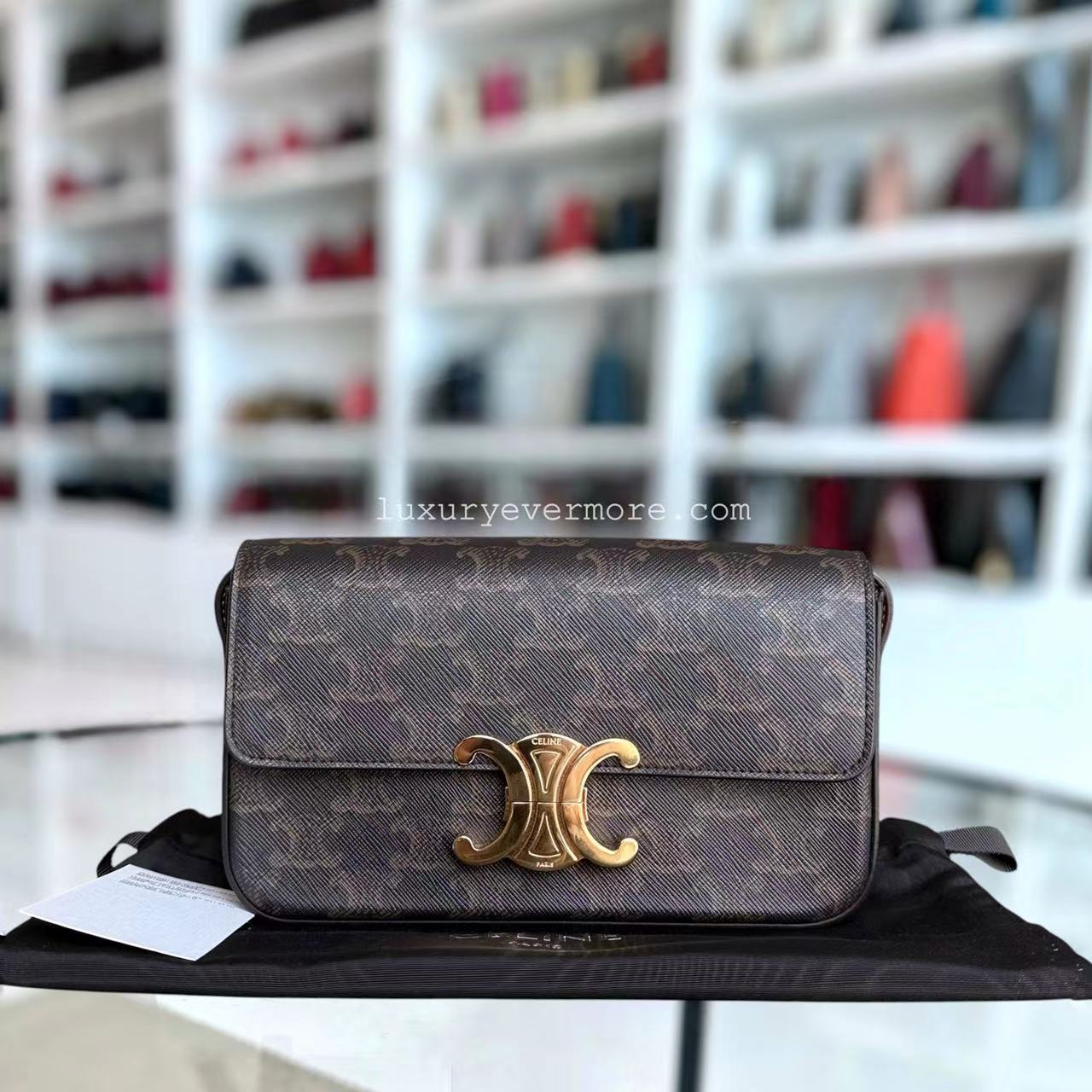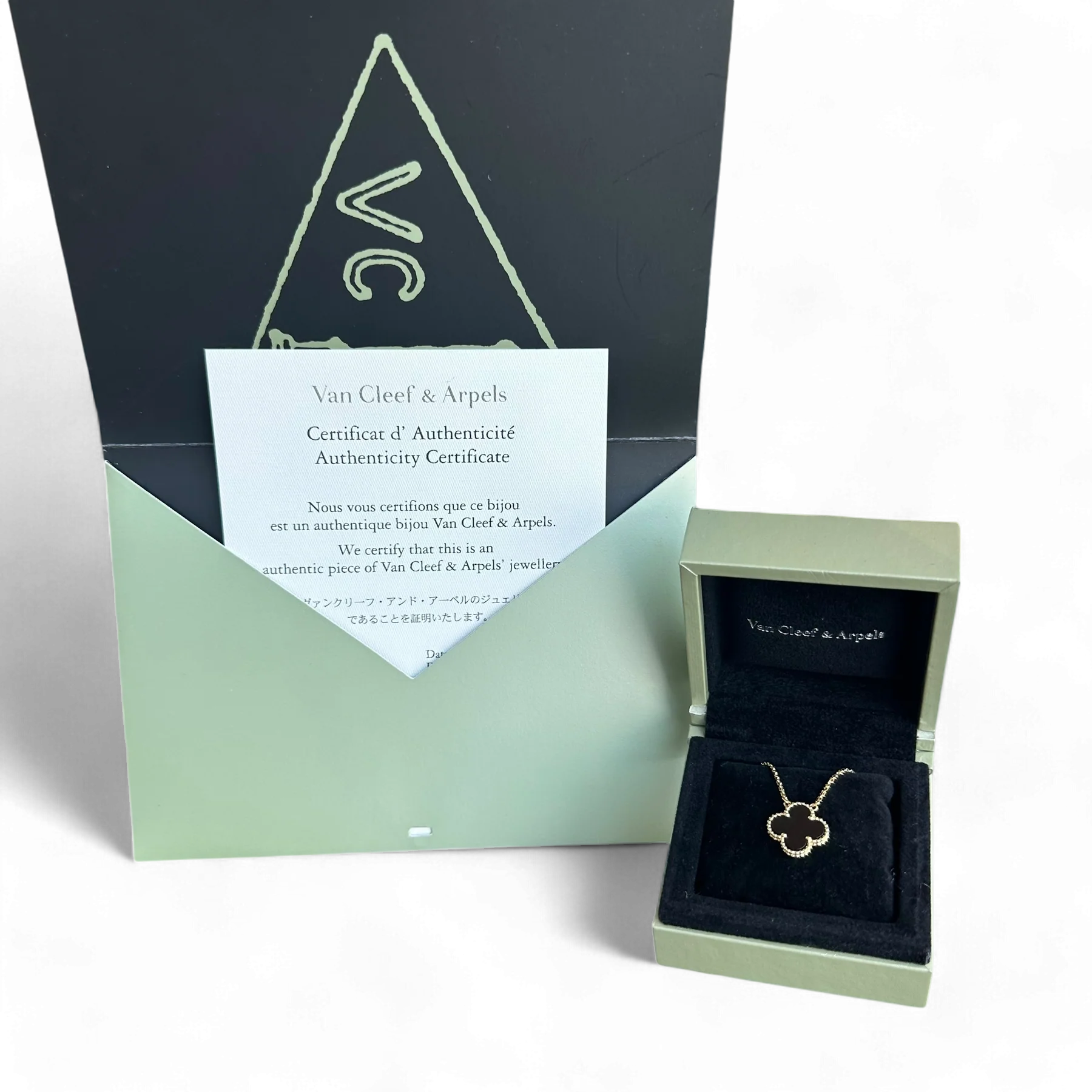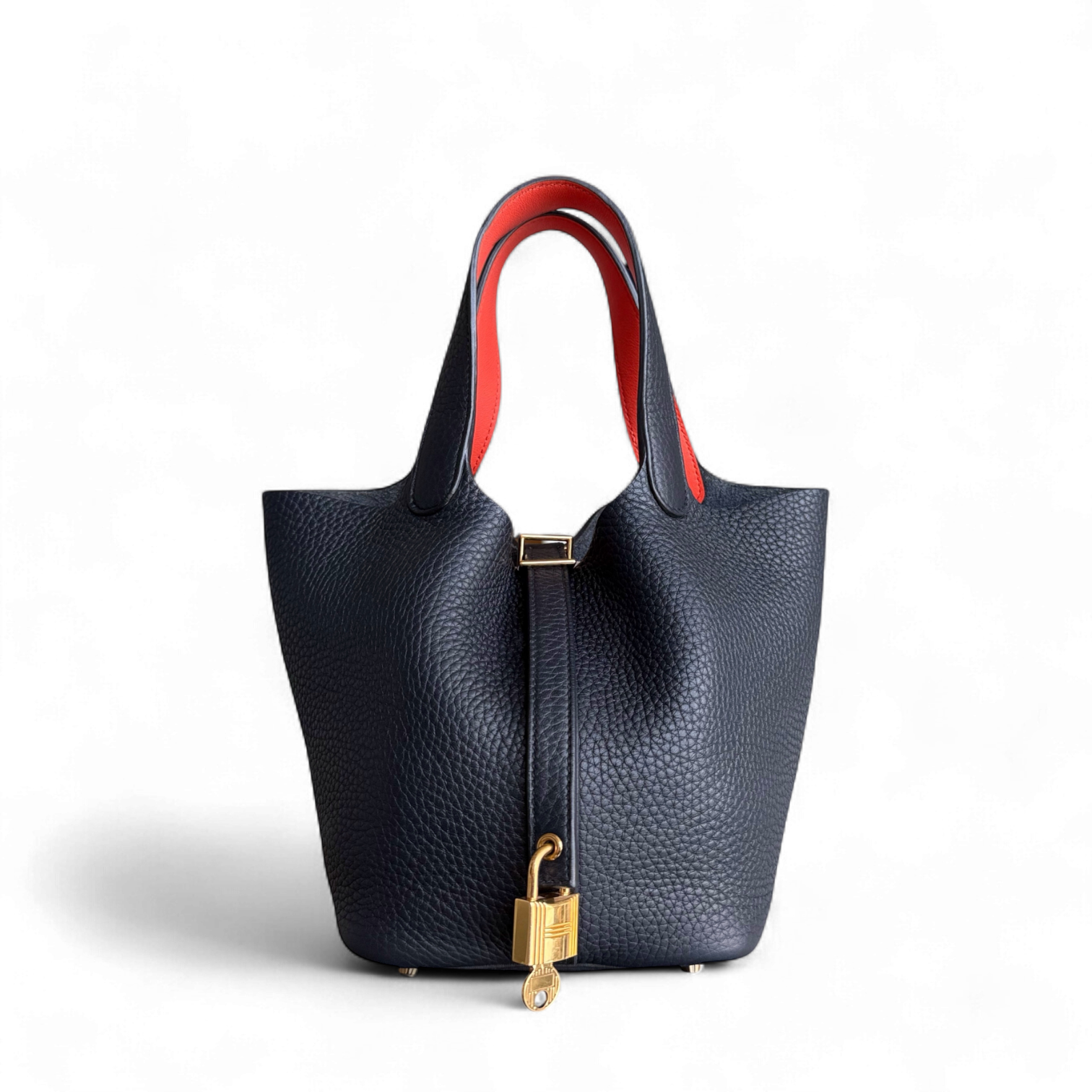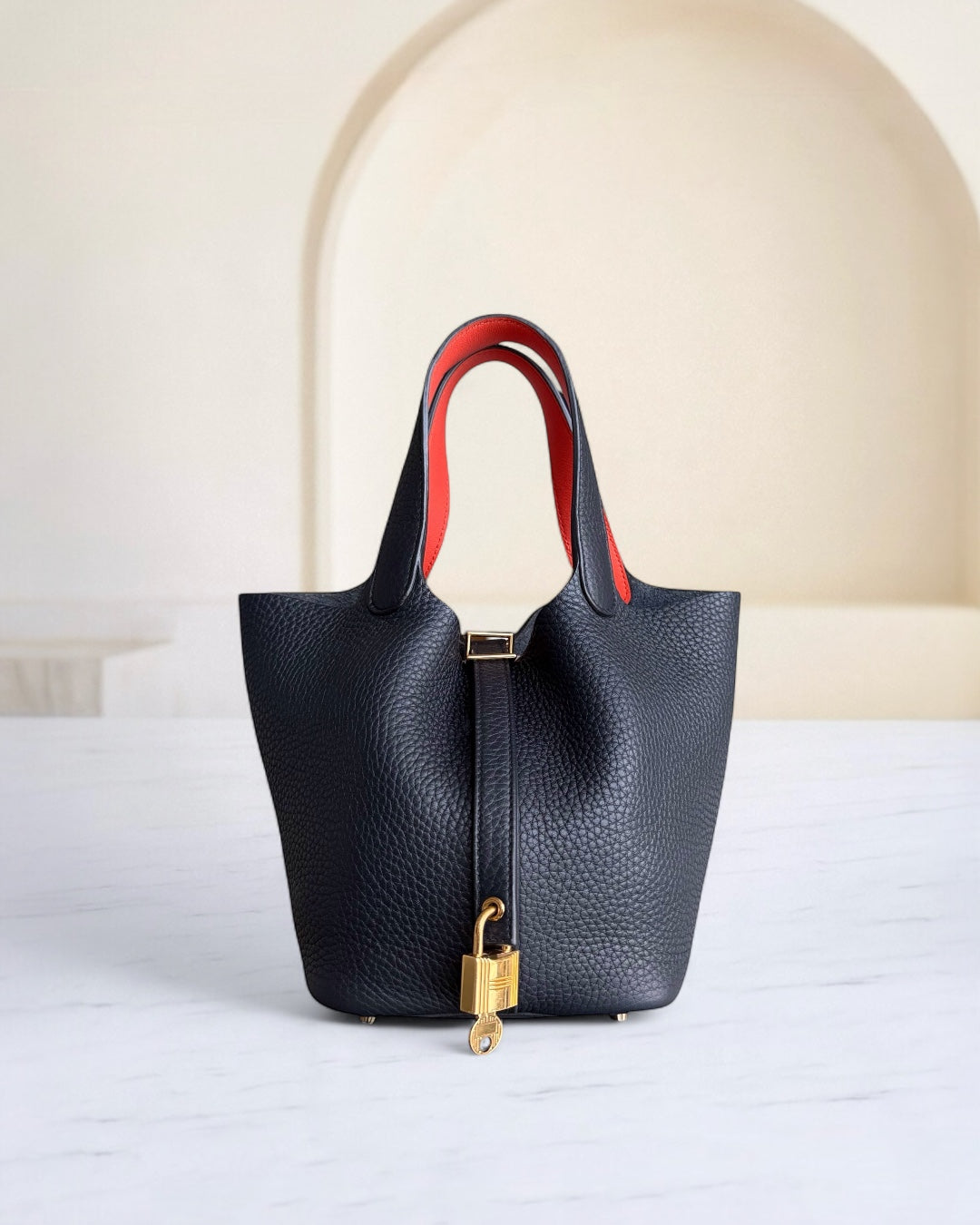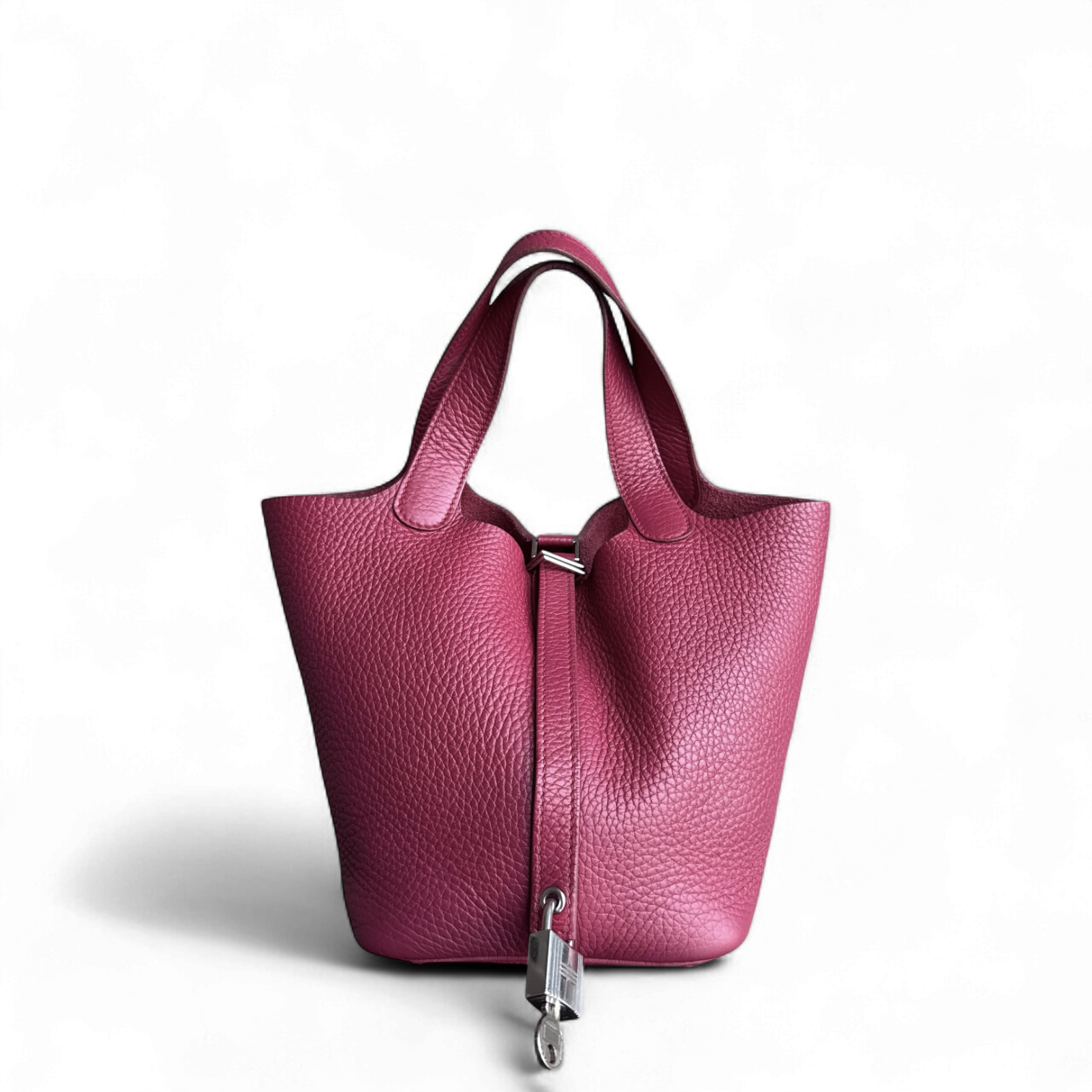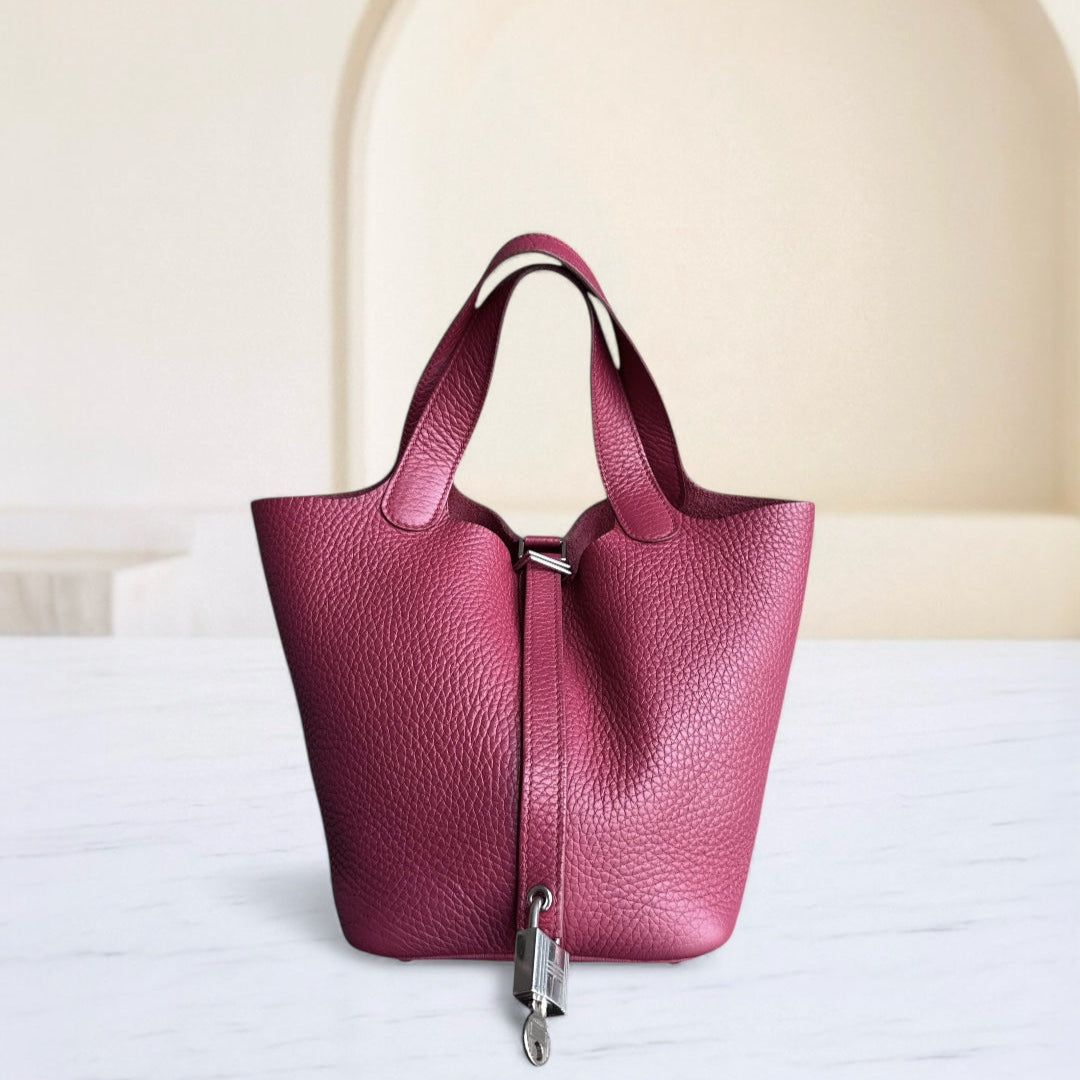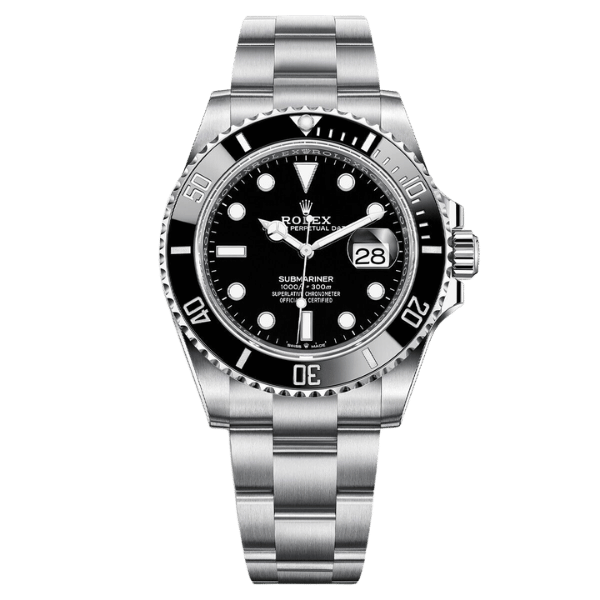Jaeger-LeCoultre Watches: A Comprehensive Guide to Luxury Timepieces
The art of watchmaking is timeless, and very few names hold as much precedence in the watch industry as Jaeger-LeCoultre. The brand is renowned for its intricate designs, exquisite options, and pioneering innovations, and has therefore earned the status of being among the finest luxury watchmakers in the world. This guide intends to open a portal into the world of these extraordinary watches, exploring the almost two-century-old legacy, innovations, and towering artistry of the house. Suppose you are a collector, a horological enthusiast, or simply intrigued by haute horology. In that case, this article will provide you with deep insights into why Jaeger-LeCoultre watches are a true orchestra of precision engineering and elegant finesse.
History and Heritage of Jaeger-LeCoultre

Jaeger-LeCoultre was born in the fine watchmaking village of the Vallée de Joux in 1833. This brand was founded by Antoine LeCoultre, whose spirit of ingenuity led to extraordinary horological triumphs, including the Millionometer (capable of measuring microns) and the keyless watch. In nearly 200 years, Jaeger-LeCoultre has developed over 1,200 calibers, a substantial number of which have had a profound impact on the evolution of modern watchmaking. In harmony with iconic collections like the Reverso, the brand creates a marriage between technical perfection and designs that transcend time, thereby eternally etching its name in the annals of haute horology.
Founding of Jaeger-LeCoultre
A Jaeger-LeCoultre was founded in 1833 by Antoine LeCoultre in Le Sentier, an area steeped in watchmaking tradition. Antoine LeCoultre was an inventive and dexterous figure who established a workshop where he crafted innovative tools and techniques that would lay the groundwork for the brand's future success. Until now, his dedication to precision and innovation has ensured that Jaeger-LeCoultre is revered among the Swiss for being the pioneer of fine watch manufacturing.
Milestones in Jaeger-LeCoultre's History
- 1844: Antoine LeCoultre invented the Millionometer, becoming the first instrument capable of measuring microns and opening new vistas in precision manufacturing.
- 1907: Jaeger-LeCoultre made the thinnest mechanical pocket watch movement, further proving its technical prowess.
- 1931: The Reverso was launched, prized for having a reversible case designed to protect the watch dial during sporting activities.
- 1953: Jaeger-LeCoultre came up with the Futurematic, the first automatic watch without a crown, reiterating its forward thinking in the horological field.
- 2013: On the 180th anniversary of Jaeger-LeCoultre, the Master Ultra Thin Jubilee was launched and offered yet another example of their continuing emphasis on elegant ultra-thin designs.
Influence on the Watchmaking Industry
Jaeger-LeCoultre has made significant advances in watchmaking by setting forth innovation, craftsmanship, and design standards. With the forefront inventions, such as the Reverso and Futurematic, the brand was an inspiring force for technical progression and modern watch design. Industry standards were influenced by the brand's pursuit of excellence in precise engineering and aesthetic elegance, while ultra-thin movements created new avenues in watchmaking. Thus, with the combined forces of restoration, innovation, and conceptual thought, Jaeger-LeCoultre has forged itself into an icon of horology.
Popular Jaeger-LeCoultre Models

Jaeger-LeCoultre Reverso: A Timeless Classic
The Jaeger-LeCoultre Reverso is a hallmark of timeless watch design, created for polo players who required a watch that could withstand the rigors of heavy use. The rectangular case is renowned for its reversible mechanism, which protects the watch face from scratches by simply flipping the case over. Combining elegance and practicality is an insight symbolic of the name Reverso. Today, that remains an evergreen classic celebrated for its sleek Art Deco look and room to customize.
Master Ultra Thin: Elegance Redefined
The Master Ultra Thin collection truly raises the banner for elegant minimalism, marked by technical precision. Designed with slim profiles and an ageless appeal in mind, these watches seek to exhibit the finest in mechanics and elegance through their ultra-thin movements. Each model pairs feminine aesthetics with useful features, such as moon-phase tracking, date complications, and power-reserve tracking. With respect to every tiny detail, the Master Ultra Thin line will undoubtedly appeal to people who cherish an understated sophistication in a timepiece.
Jaeger-LeCoultre Polaris: The Adventurer's Choice
The Jaeger-LeCoultre Polaris collection embodies the spirit of adventure and versatility, making it the perfect choice for adventurers and contemporary explorers. Drawing inspiration from the world-famous 1968 Memovox Polaris, this collection seamlessly blends vintage appeal with modern techniques. Essential elements are sturdy water resistance, crowns specially designed to provide grip, luminescent indices, and hands that enable good visibility, all in low-light situations.
Polaris watches are available in a variety of configurations, ranging from chronographs to date models and world-time complications, catering to the diverse functional requirements. Durability is ensured with high-performance materials, including stainless steel and titanium. Design details such as gradient dials and interchangeable straps provide a refined yet contemporary look. With movements developed in-house at the Manufacture in Vallée de Joux, the Polaris collection retains the distinguished reputation of Jaeger-LeCoultre for precision and reliability. These watches lie at the perfect crossroads of affording adventure-ready practicality and elegance in their making.
Craftsmanship and Innovation

Artistry Behind Jaeger-LeCoultre Watches
Creativity in watchmaking at Jaeger-LeCoultre largely centers around the precepts of remit and heritage, as represented by timepieces such as the Rendez-Vous. Founded in 1833 in Le Sentier, this prestigious Swiss establishment has produced over 1,300 calibers in-house, demonstrating an unmatched mastery of horological concepts. The site where philosophy meets utility is best characterized by the awakening of the Reverso in 1931. The Reverso's pivoting case, initially engineered to withstand the rigors of polo matches, has been held in esteem as a great example of elegant engineering.
Each facility in Vallée de Joux holds one of the eight Jaeger-LeCoultre trademarks, where it is subject to stringent processes that combine over 180 skill sets, from traditional enameling to elaborate gem setting, to produce each flawless detail. One example is the Gyrotourbillon, a multi-axis tourbillon designed to enhance precision, which further elevates the reputation of the complication as an art form for Jaeger-LeCoultre. With this innovation continuing, scientifically, by incorporating silicon escapements to reduce friction and wear, Jaeger-LeCoultre remains at the forefront of change, upholding the artisanal tradition with both the Reverso and Classic Duetto.
Technological Innovations in Timekeeping
The field of timekeeping has witnessed significant advances in recent decades, driven by developments in advanced technologies and precision engineering. One major leap in timekeeping was the advent of atomic clocks, which utilize the vibration of atoms, such as cesium or rubidium, to maintain time with utmost accuracy—the deviation is one second in approximately 3.2 billion years. These clocks are chiefly used in GNSS and telecommunications.
Another advancement lies in Smart Watches. Contemporary watches are equipped with advanced sensors that measure health parameters, GPS-enabled location pinpointing, and the implementation of machine learning to customize the watch's operational parameters based on user behavior. Technologically advanced materials, such as sapphire crystal and ceramics, are also utilized to enhance durability and performance.
Nanotechnology and silicon components are utilized to enhance the traditional mechanical watch-making process. These materials ensure minimal friction, prevent harm from magnetic fields, and provide reliability over a long period. On the contrary, the use of high-frequency oscillators, which measure tens of thousands of vibrations per hour, ensures great precision. Such a blending of traditional methods with modern technology represents the very cradle of innovation in watch design, fulfilling and even surpassing the demands of contemporary users.
Materials Used in Jaeger-LeCoultre Watches
Jaeger-LeCoultre incorporates multiple advanced materials to enhance finishing, durability, and exceptional craftsmanship. One respected material adopted in some of their watches is 18-karat gold, which imparts an aura of charm while assuring long-lasting quality. Various varieties of stainless steel are also used, selected not only for their corrosion resistance but also for their strength, making them an ideal choice for collections intended for everyday wear.
Titanium is another modern material that the brand has adopted for its strength and lightweight nature, making it invaluable for sports watches. Other instances of innovation include the utilization of ceramized aluminum and ceramic materials, which excel in terms of scratch resistance, thermal stability, and light weight, thereby retaining their structural integrity even under extreme conditions.
Many Jaeger-LeCoultre movements feature components made of silicon, a non-magnetic substance that reduces friction, ensuring great precision and reliability over time. Sapphire crystals are used for the watch faces, offering an almost perfect resistance against scratches while also providing the highest level of transparency to observe intricate watch dials and their complications.
This set of materials checks the box, reflecting the brand's devotion to cutting-edge design, as it combines technological advances with watchmaking tradition to craft future-proof vessels of time.
Buying Authentic Jaeger-LeCoultre Watches

Recognizing Genuine Jaeger-LeCoultre Watches
When purchasing a Jaeger-LeCoultre watch, it is generally advisable to exercise caution regarding certain aspects to ensure authenticity. The first and foremost check involves the details and the materials. A genuine Jaeger-LeCoultre should feature impeccable precision in construction and finishing, with markers smoothly aligned and engravings clean and clear. A genuine watch will have firm, laser-etched branding, name, and serial number, with no visible signs of fading or inconsistency.
The movement of the genuine Jaeger-LeCoultre watch is one other sign of authenticity. Having always produced in-house movements, the brand ticks very complicated mechanisms in its watches. Upon examination, the movement should appear finely constructed and bear marks consistent with the brand's rigorous standards. Additionally, the company's Caliber number, often engraved on the movement, can serve as a testament to its authenticity.
Also, review the documentation and external packaging. Proper, genuine models come with proper certificates of authenticity, accompanied by a user manual and warranty card that bear complete brand identification and consistent typography. The external packing should feel rather classy, giving away no hint of poor reproduction or mismatched branding elements. Lastly, always purchase from authorized dealers or reputable sources to minimize the risk of acquiring counterfeit products.
Where to Buy: Authorized Dealers vs. Second-Hand Markets
When opting to buy a product, the buyer must consider the key differences between authorized and second-hand markets to make an informed decision. The dealers authorized by the manufacturer are the ones who have been certified to sell their products. Among other things, an authorized dealer affords the buyer the benefits of genuine merchandise, clear warranty terms, after-sales assistance, and quality assurance. Most manufacturers also provide lists of authorized dealers on their official websites to maintain transparency in the process. Although prices may be higher with authorized dealers as compared to other markets, the reliability and peace of mind that come with the purchase are almost always worth their price.
Second-hand markets can indeed be a reasonably economical solution, especially for items that retain their function or value even after being used. The buyers here are offered the opportunity to purchase items at discounted prices by online marketplaces, auction sites, or even local dealers. One should exercise caution while purchasing in this domain. In the absence of warranties and official certifications, assessing a product's genuineness becomes tough. The buyers ultimately take the risk of receiving defective items or counterfeits. Nevertheless, when one decides to go in this direction, thoroughly researching the seller's reputation, scrutinizing the product to the fullest, and consulting an expert if necessary, can go a long way in mitigating risks.
Ultimately, whether the buyer chooses to go to an authorized dealer or enter the world of second-hand markets depends on whether they value cost efficiency or the security involved in buying through official channels.
Tips for Avoiding Counterfeits
- Purchase from Authorized Dealers: Always buy products from authorized dealers or official brand outlets to ensure the authenticity of the item.
- Verify Product Details: Check a product's serial number, logo, and packaging for conformity with the manufacturer's official records.
- Request Documentation: Request some form of legitimization for the product, stating its authenticity, such as certificates, receipts, or warranties, if necessary.
- Research and Compare: Conduct thorough research on the characteristics, price range, and indicators of quality to identify inconsistencies.
- Use Trusted Platforms: When buying online, use reputable platforms that provide stringent buyer protection policies.
Current Market Trends for Jaeger-LeCoultre Watches

Investment Potential of Luxury Watches
Luxury watches are an esteemed investment class since they combine elegance with investible value. Jaeger-LeCoultre, Patek Philippe, and Rolex are respected for being traditional brands that have been known for steady appreciation with time. Among the highlights of a 2023 industry analysis is that vintage or limited-edition watches remain the most profitable type, with auction power increasing by a factor of two in the last few years. Precious and rare Patek Philippe pieces have seen their sale prices increase by 33% in the last five years.
Market data also show that stainless steel sports models typically offer better resale margins than gold ones, driven by high demand and limited supply. Other factors that affect a watch's potential as an investment include its condition, year of production, rarity, and brand legacy. Auction platforms and online marketplaces that facilitate the sale of luxury watches have heightened transparency and accessibility, which in turn boosts market participation.
Investors should focus on established models that carry historical relevance, while also keeping an eye on market trends and emerging interests, such as sustainable watch manufacturing, which is gaining favor among collectors.
Market Demand for Jaeger-LeCoultre Models
For Jaeger-LeCoultre models, their combination of technical innovation, craftsmanship, and timeless aesthetics makes them of particular attention among collectors and enthusiasts in the region. Industry data indicate that flagship models, such as Reverso, Master Ultra Thin, and Polaris, have maintained their demand. Reverso remains an icon in horology, renowned for its reversible case design and Art Deco concepts that attract both experienced collectors and newcomers, making it an attractive investment.
Lately, vintage Jaeger-LeCoultre watches have become increasingly prominent, with a particular focus on limited-edition and historically noteworthy timepieces. This surge in demand may be due to the brand producing the most complex and reliable movements ever seen, usually considered the reference point in the fine art of watchmaking. Therefore, the more appealing aspects of sustainability, conscientiousness, and the use of innovative materials cater to the modern demander, hence adding to further demand. This enthusiasm is well reflected in auction houses and various online marketplaces, as resale prices for Jaeger-LeCoultre watches have been growing steadily, particularly in the secondary luxury watch market.
Future Trends in Luxury Watch Collecting
The luxury watch market is expected to shift towards exclusivity, with a focus on limited editions and bespoke designs, to appeal to collectors. Sustainability issues will likely be at the forefront, with brands going for ethically sourced materials and transparent manufacturing processes. Digital platforms are poised to expand their engagement in authentication, resale, and community-building to enhance accessibility and trust in the secondary market. Lastly, vintage and heritage watches are expected to retain their value due to the classic taste and heritage they have represented over time. Smartwatches, on the other hand, will also likely reach the desired audience, as traditional watchmaking is developing hybrid offerings to appeal to a broader audience.
Frequently Asked Questions (FAQs)
Q: What are the key features of Jaeger-LeCoultre watches?
A: Jaeger-LeCoultre watches are especially admired for transcending exceptional artisan movements and revolutionary designs. Their hallmark is an accurate mechanical movement, paired with luxury materials such as white gold or stainless steel, and complications like tourbillons, perpetual calendars, and chronographs. Classic models, such as the Reverso and Master Control, underscore the brand's commitment to haute horlogerie.
Q: What is the history of Jaeger-LeCoultre?
A: Jaeger-LeCoultre was founded in 1833 by Antoine LeCoultre in the Vallée de Joux, Switzerland. The improbable history of this brand is one filled with astonishing watchmaking inventions, including the world's first wristwatch and numerous complications. Throughout the ages, Jaeger-LeCoultre has become nearly synonymous with luxury and precision in the world of Swiss luxury watchmaking.
Q: What makes the Reverso collection special?
A: The creation of reversible cases for the collection is the distinguishing aspect because it was conceived in the early 20th century for polo players. This feature enables wearers to flip the watch over to protect the glass when playing sports. The Reverso collection offers a diverse range of styles and complications within its models, including the Reverso Tribute and the Reverso Classic.
Q: How do I go about choosing a Jaeger-LeCoultre watch?
A: Choosing a Jaeger-LeCoultre watch depends on what the wearer likes, be it style, function, or price. One might look at one of the more elegant watches, such as the Master Ultra Thin Moon, or something sportier like the Memovox Polaris, which shows Jaeger-LeCoultre at its best. Additionally, consider various complications, such as the Reverso Tribute Duoface Calendar for a more versatile option, or the Master Grande Tradition for a more sophisticated choice.
Q: Which types of movements are to be found in Jaeger-LeCoultre watches?
Explanation of movements: Jaeger-LeCoultre watches may feature mechanical automatic movements, hand-wound movements, or quartz movements, depending on the model. Jaeger-LeCoultre is famously renowned for its complex movements, including the Gyrotourbillon and movements with small seconds, which signify the brand's mastery within Swiss watchmaking.
Q: Are Jaeger-LeCoultre watches a good investment?
A: Yes, Jaeger-LeCoultre watches, being highly regarded for quality and craftsmanship, are often considered good investments. Many models attract price appreciation over time, especially those with limited editions and the more iconic pieces, such as the Reverso. These luxury watches have high appeal to collectors, making them viable for resale.
Q: What is the significance of the Jaeger-LeCoultre Atmos clock?
A: One of the key factors that gives importance to the Jaeger-LeCoultre Atmos is that it runs on changes in atmospheric pressure and thus needs no winding. Considered by many to be a fine example of craftsmanship and design, this innovative clock exemplifies the brand's dedication to horology and is often regarded as a work of art.
Q: How often should I service my Jaeger-LeCoultre watch?
A: Ideally, Jaeger-LeCoultre watches should be serviced every 3 to 5 years to ensure their proper functioning and longevity. Keeping up with maintenance will help keep the mechanical movement in good order and maintain the watch's appearance to its highest standard, ensuring your investment remains in excellent condition.
Q: What is the difference between the Reverso Classic and Reverso Tribute?
A: The Reverso Classic models emphasize traditional design aspects with a taste for simplicity and elegance, whereas the Reverso Tribute models lean towards contemporary complications and a more refined aesthetic. The Tribute collection is often adorned with artistic flourishes and innovative features, making it ideally suited for collectors who cherish both vintage and contemporary pieces.
Reference Sources
1. Design Principles of the ICON Watch Reverso (Li-ying, 2013)
- Publication Year: 2013
- Author: Wang Li-ying
- Field of Study: Engineering
- Key Findings:
- Examined the design principles of the iconic Reverso watch
- Presumably delved into the distinct design features and creativity of this renowned Jaeger-LeCoultre watch model
2. Jaeger-LeCoultre: A Guide for the Collector
- This overview delves into the evolving history, the hallmark models, and guides how to purchase Jaeger-LeCoultre pieces.
Contact Luxury Evermore should you need help with acquiring or building up your collection. There is a variety of brands with different styles, as well as sizes, and colors, for example, Hermes, Chanel, lv and Dior. If you are not lucky enough to find the bag you are looking for on our website then our concierge team will probably be able to order it for you. We provide 100% authenticity guarantee for all our bags, and any item sold on this site will be dispatched to you within one to two business days upon receipt of the payment.




